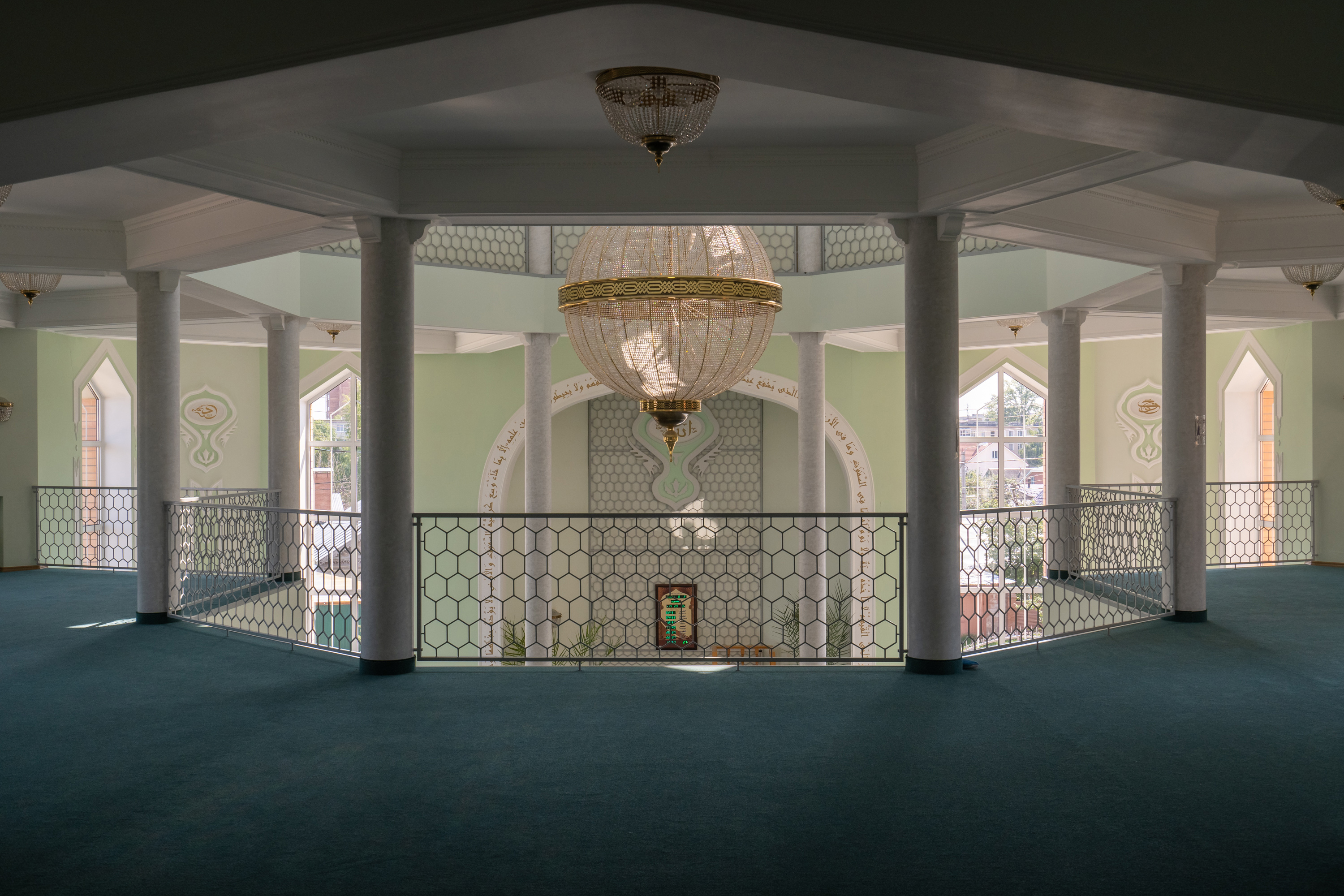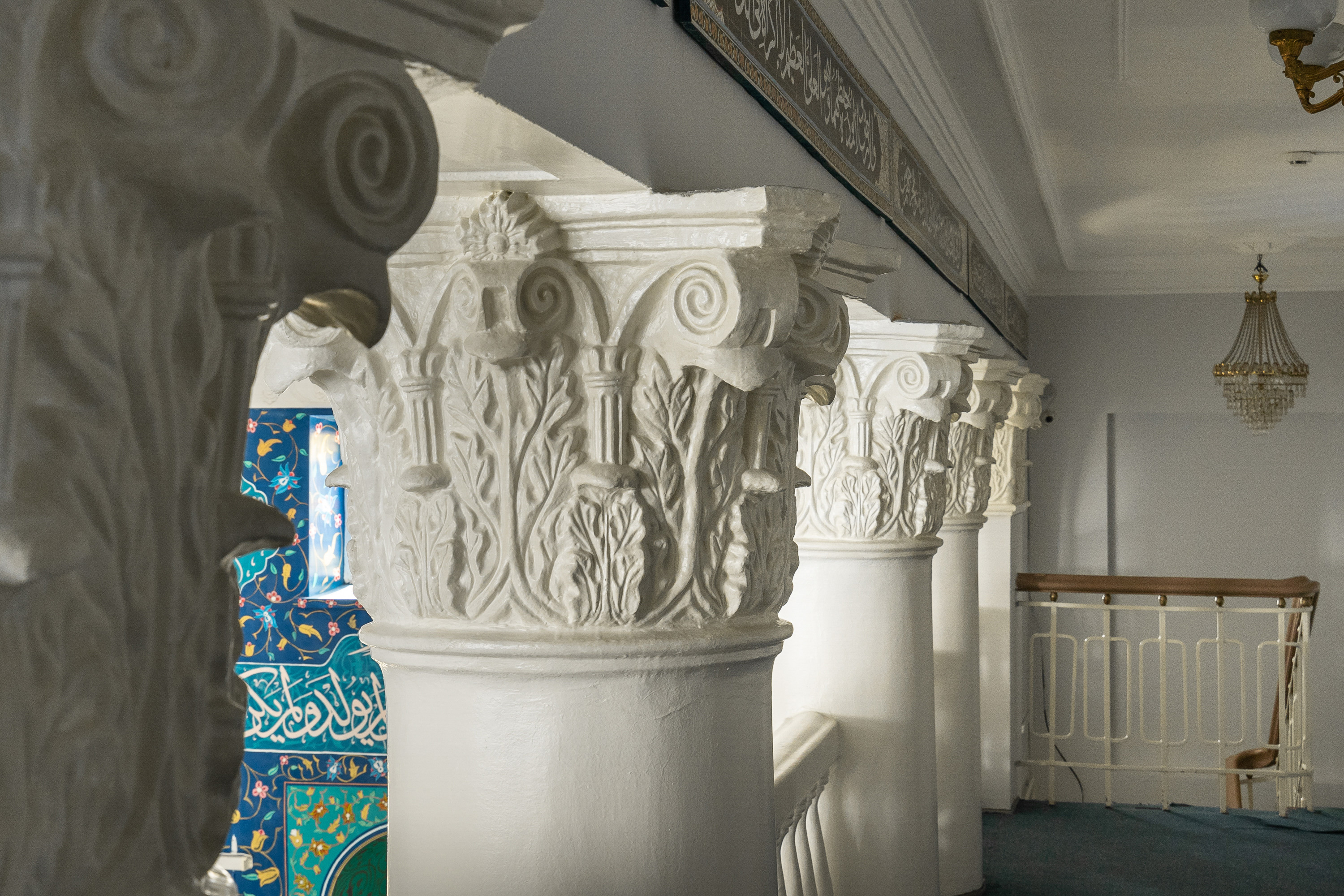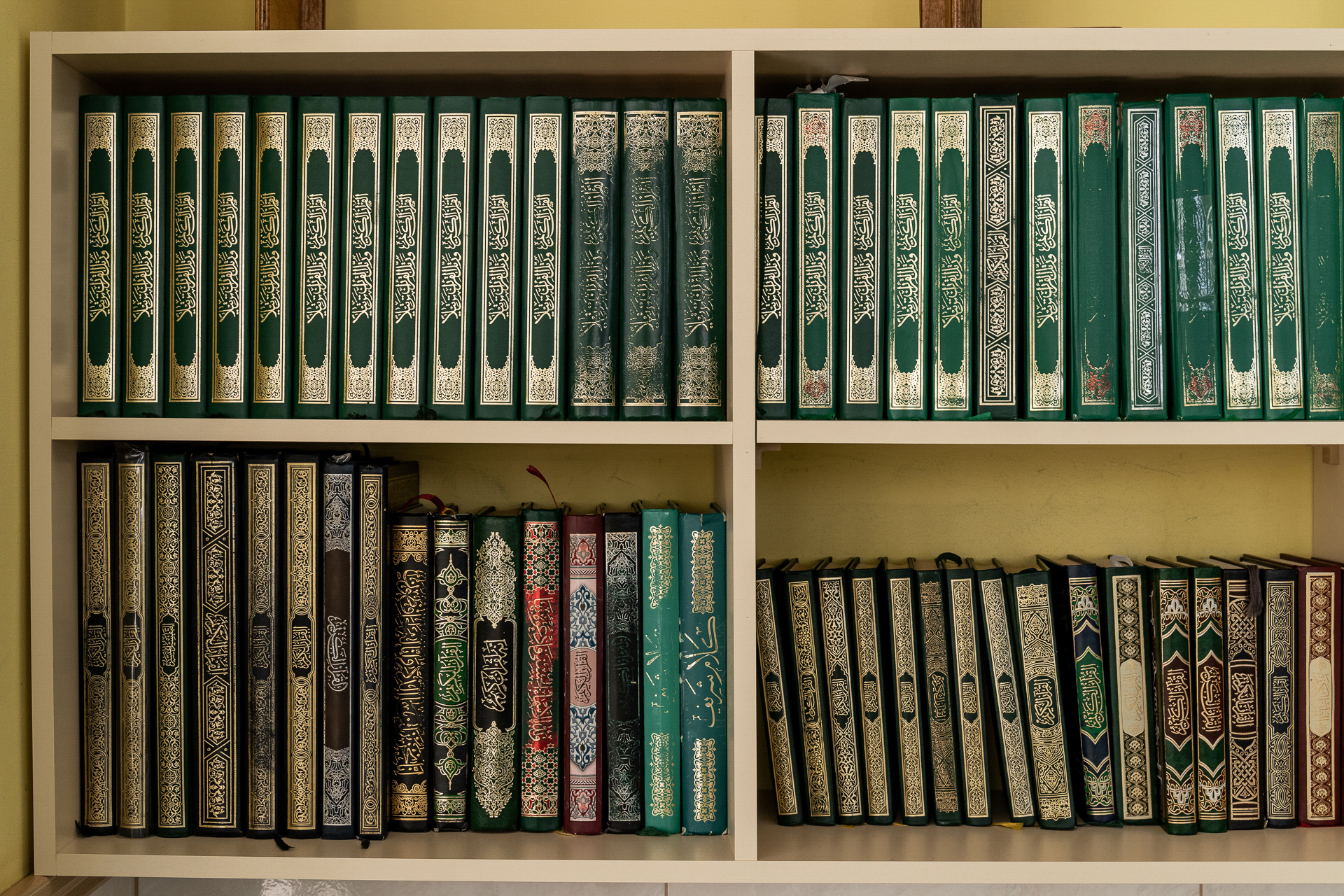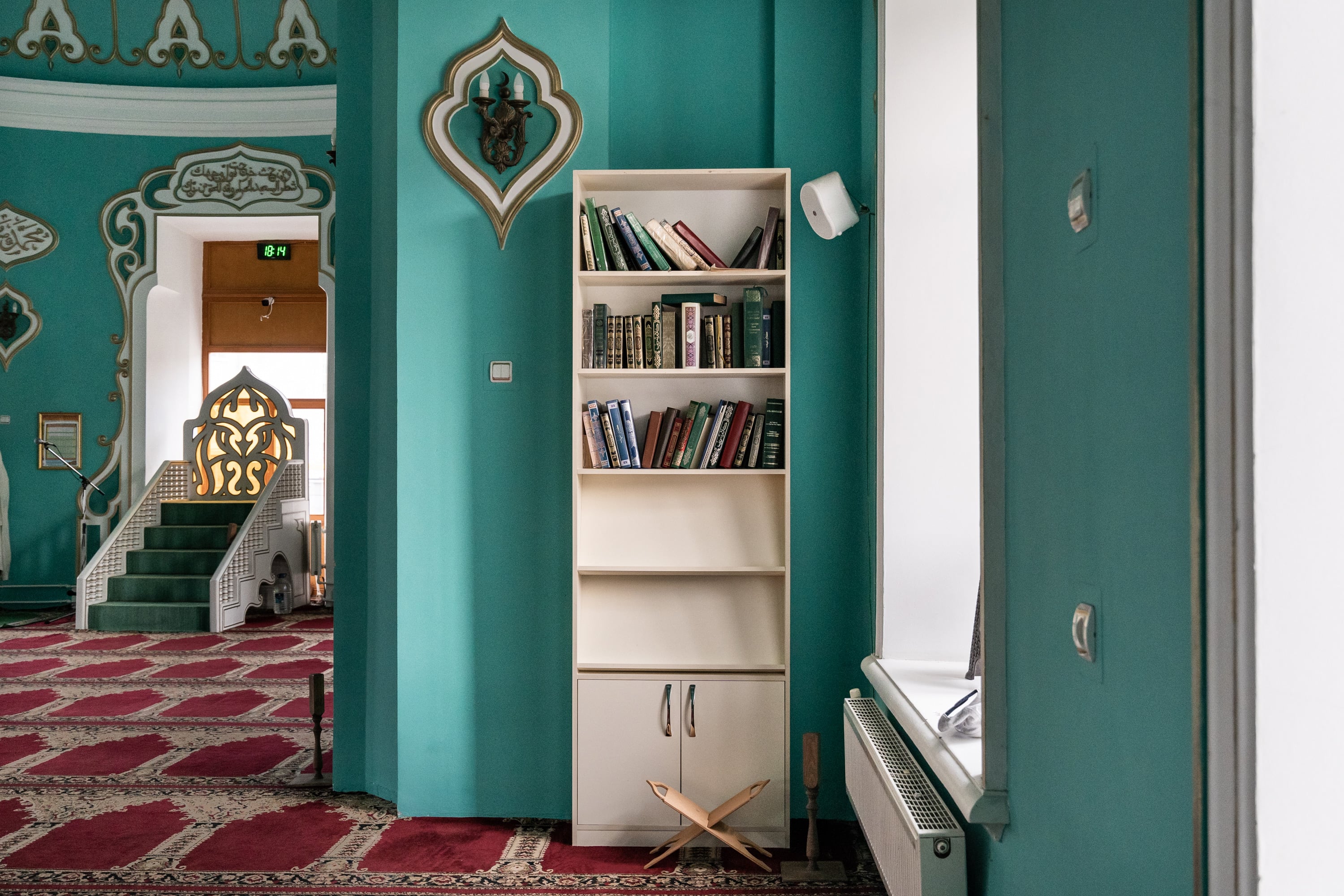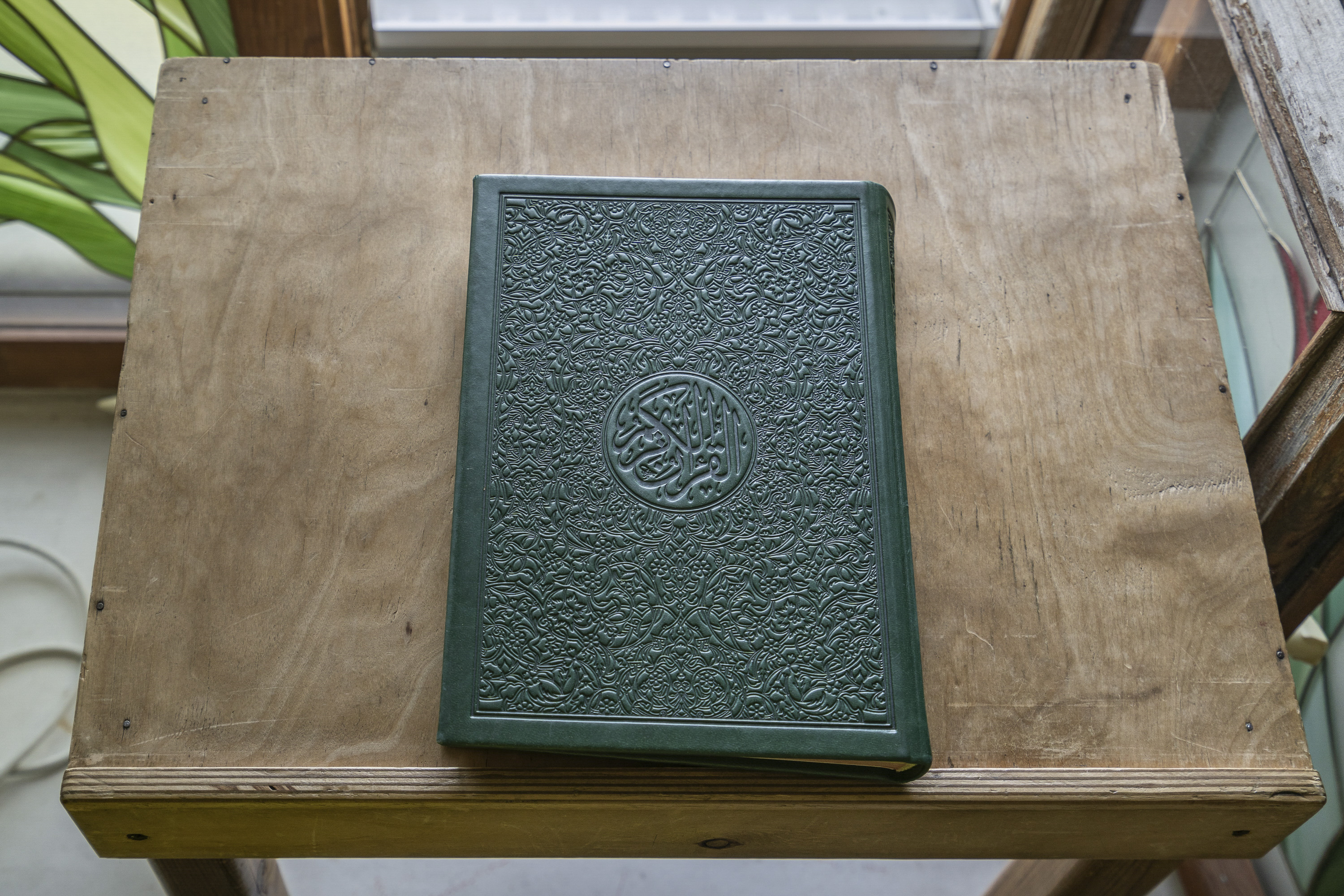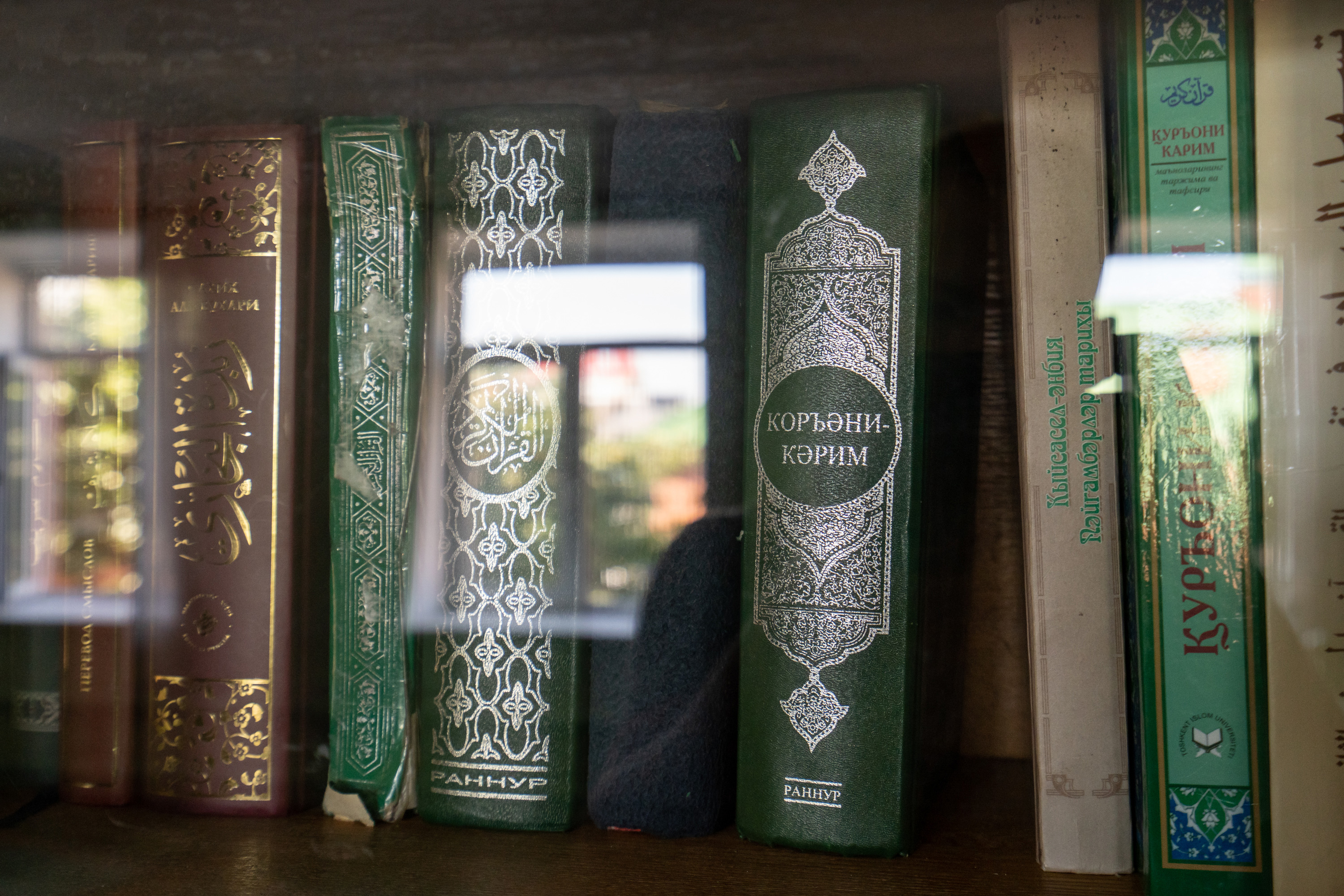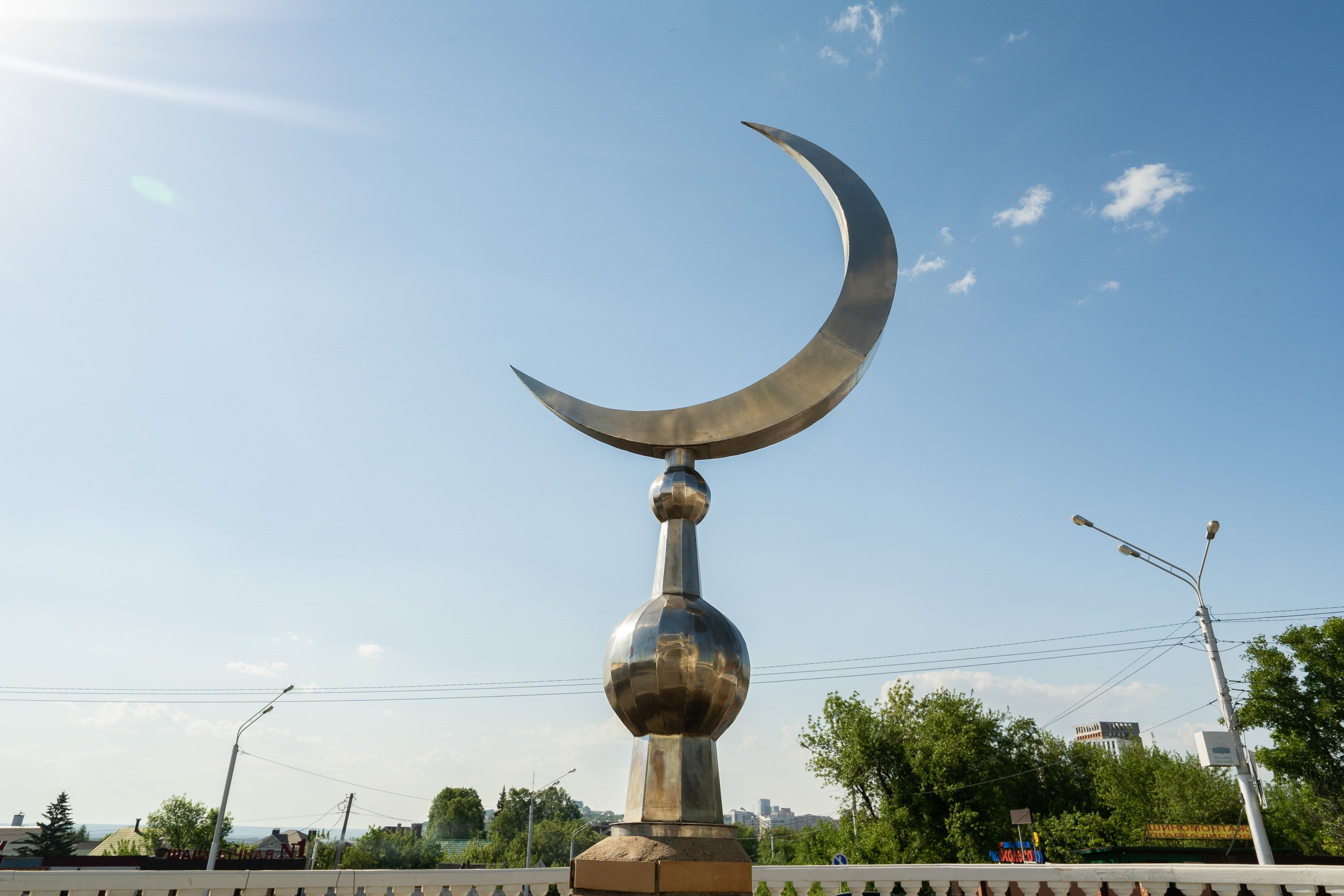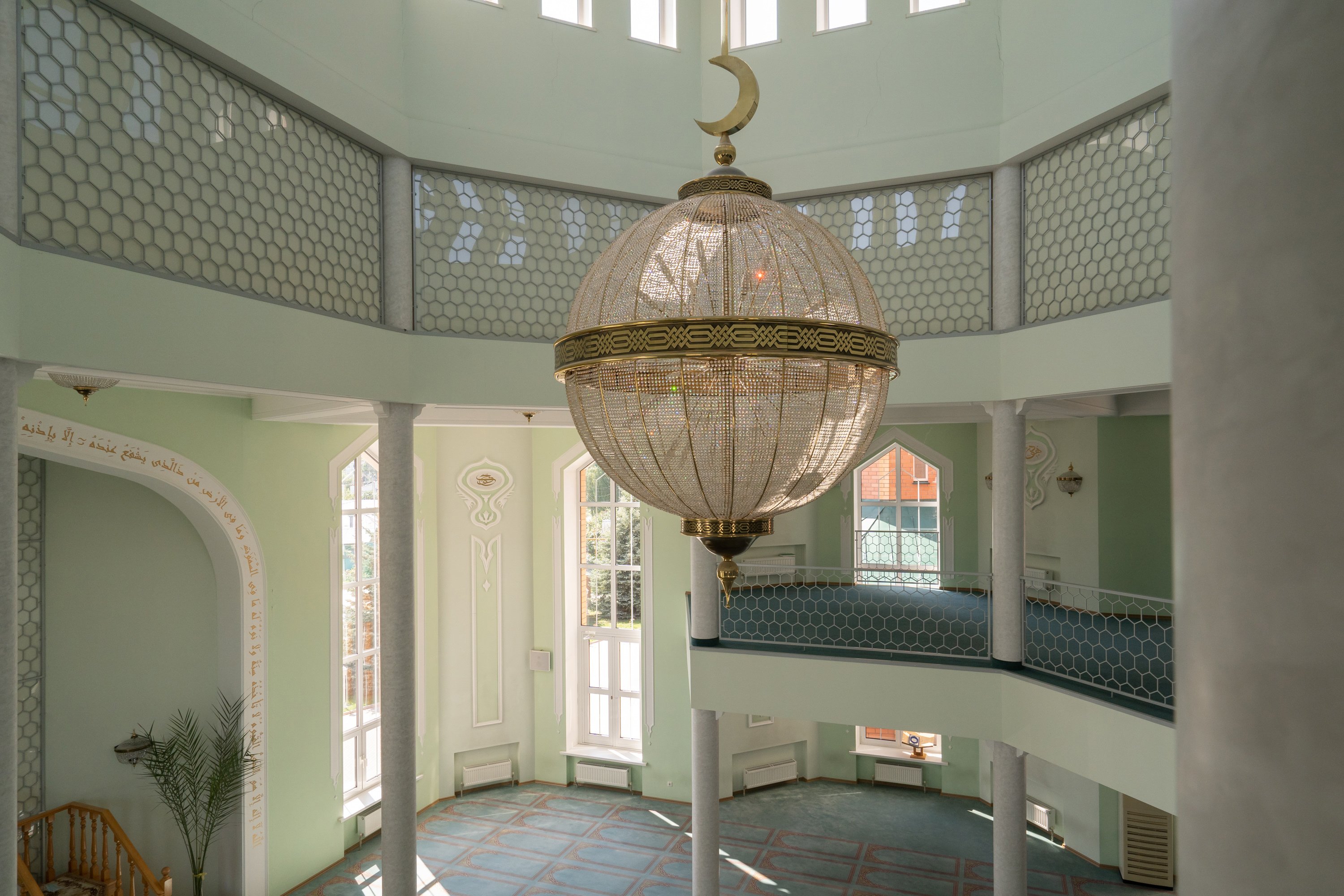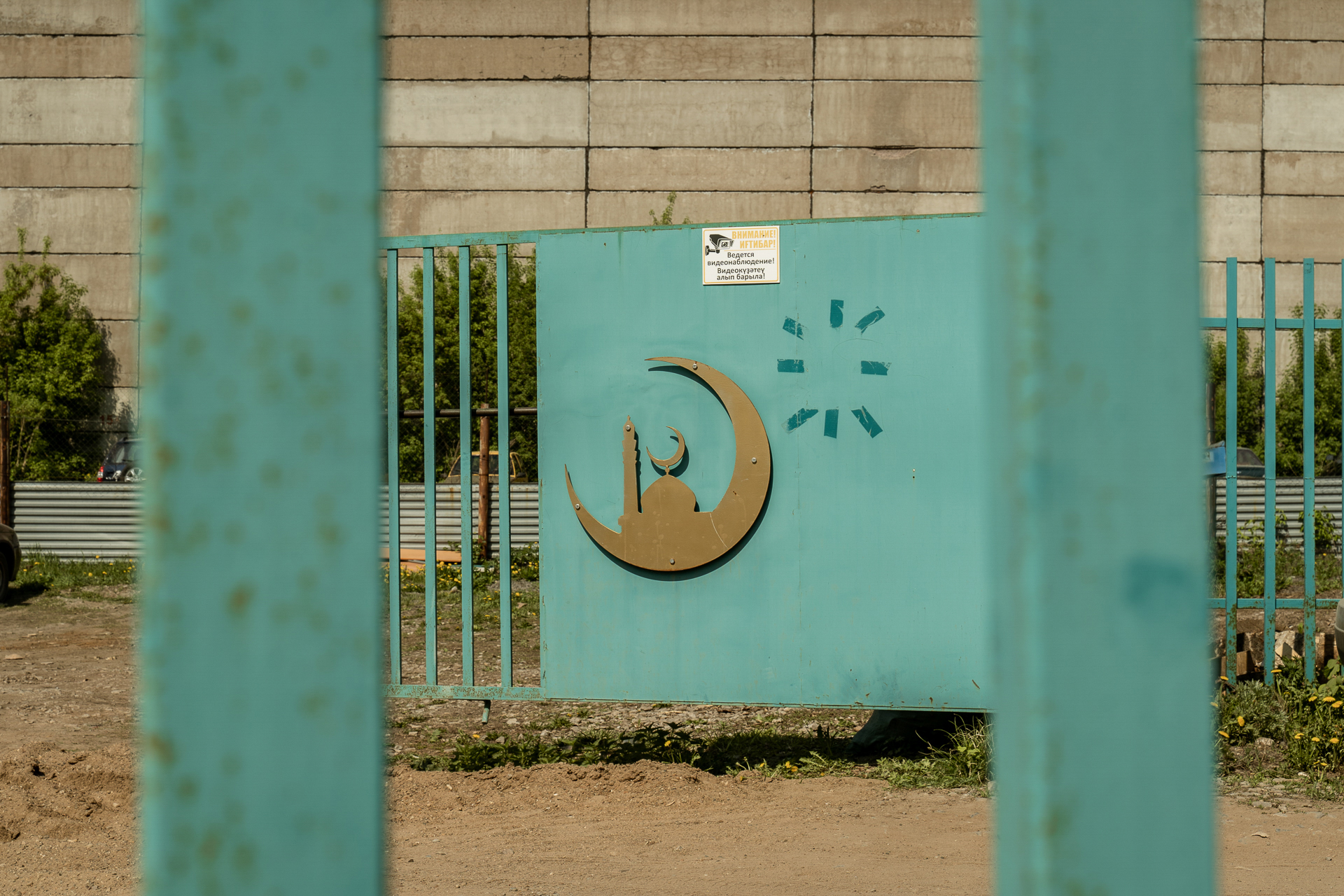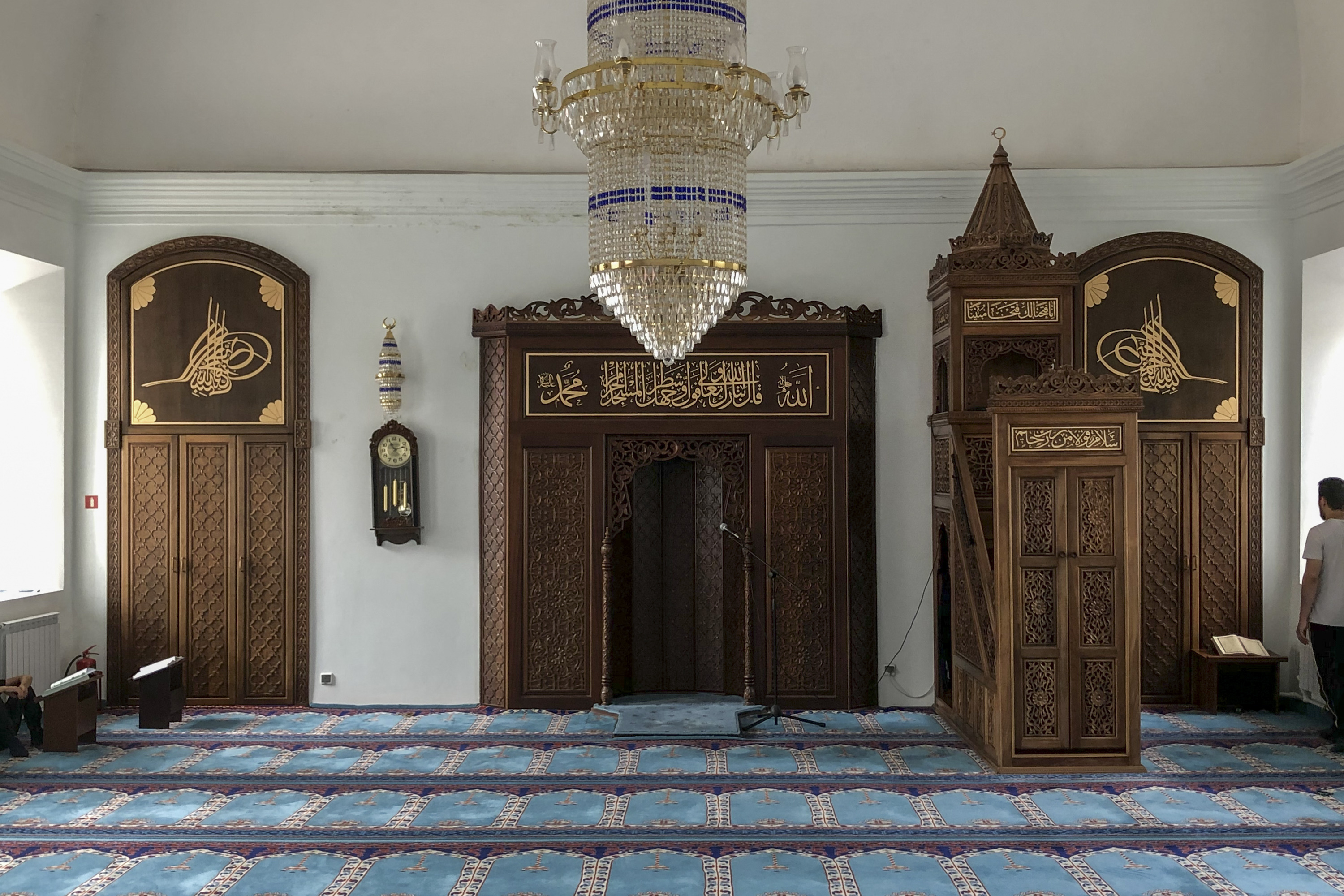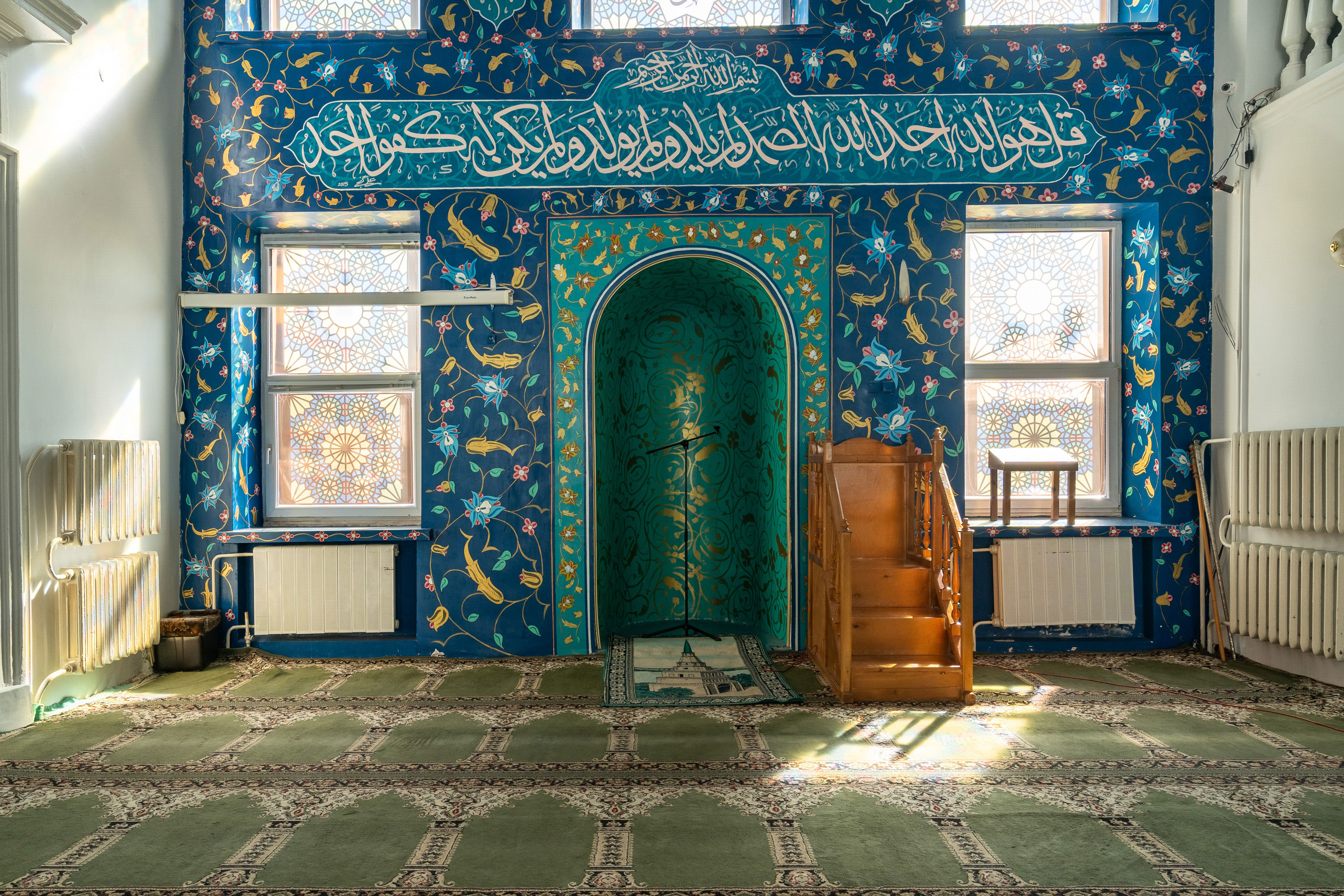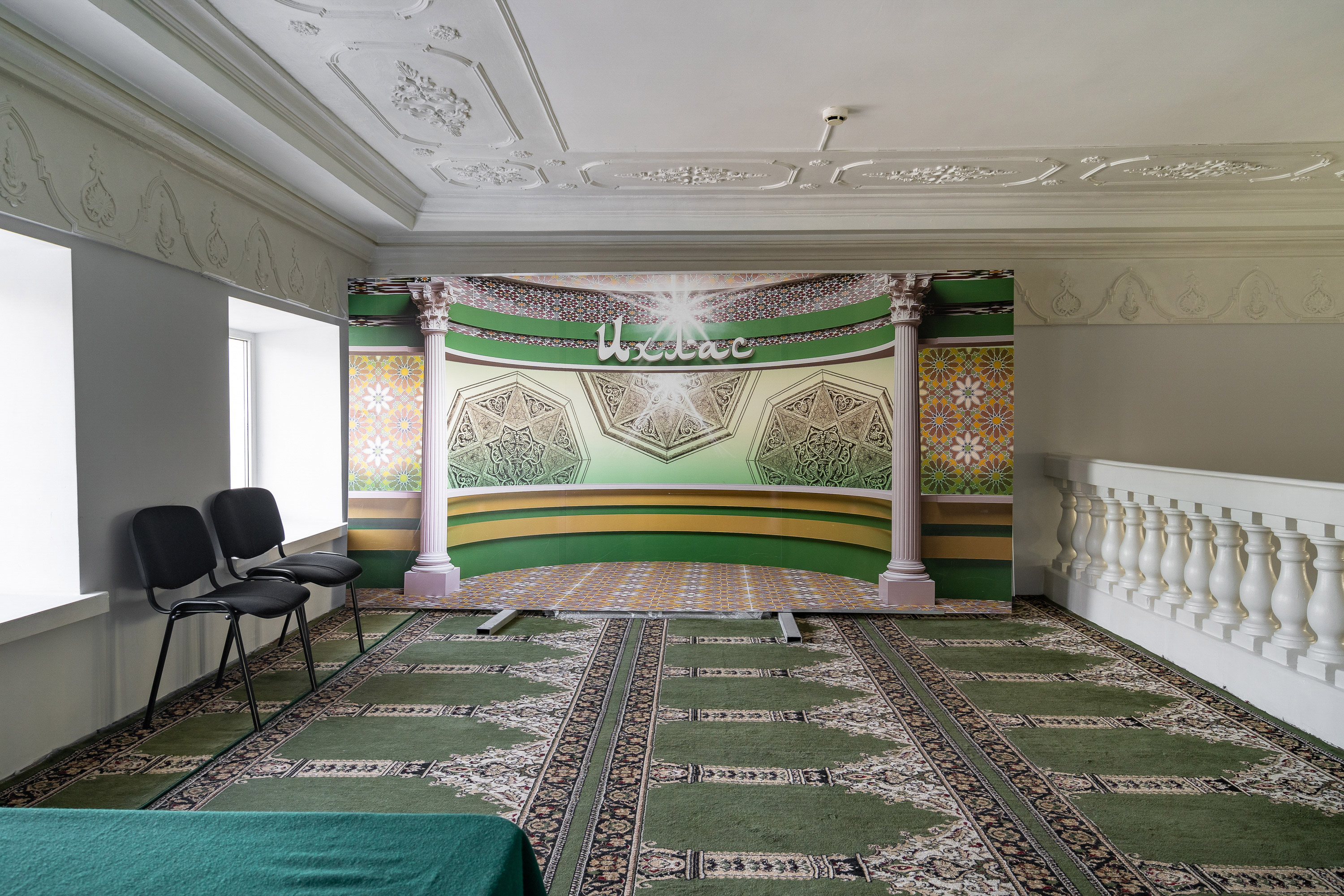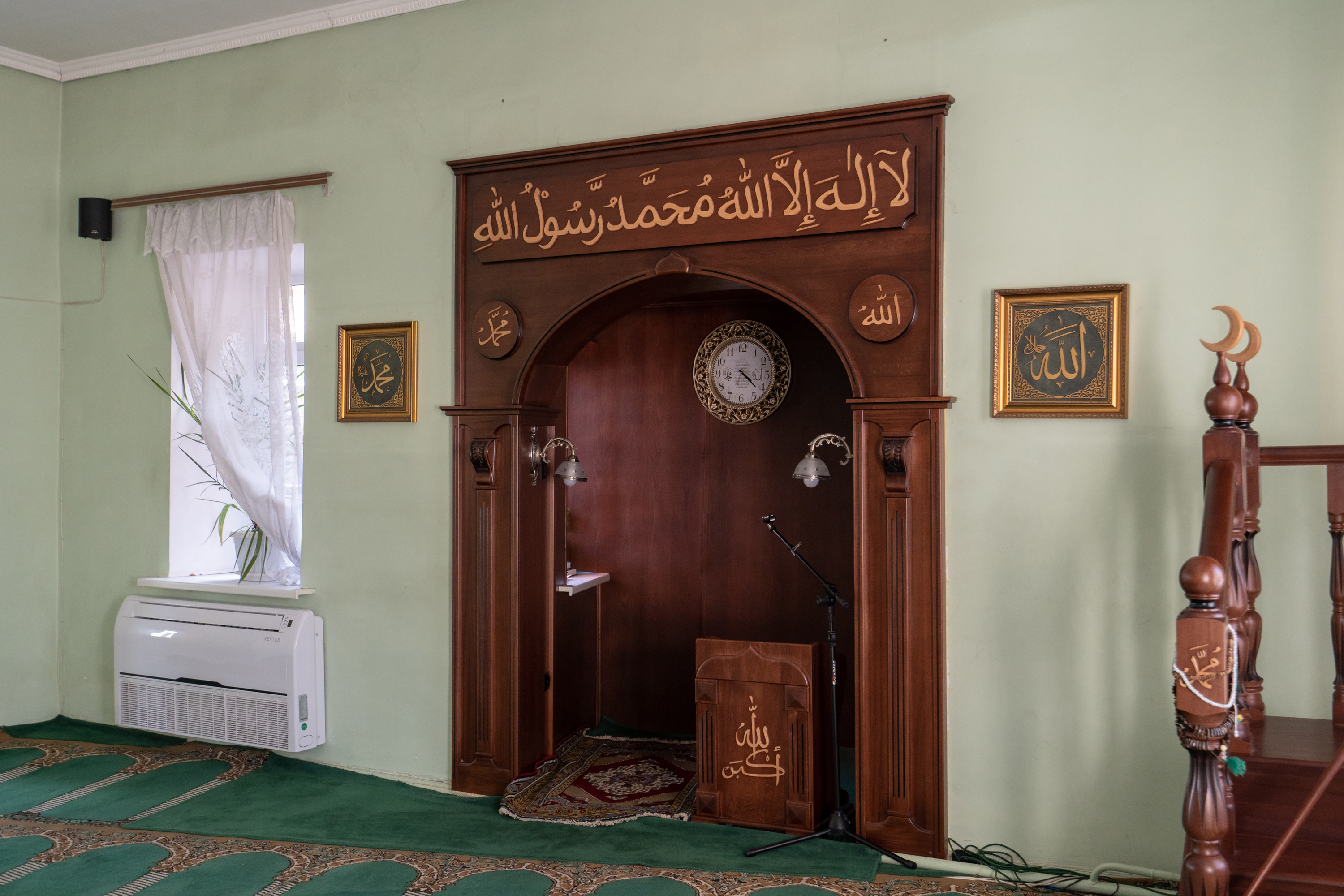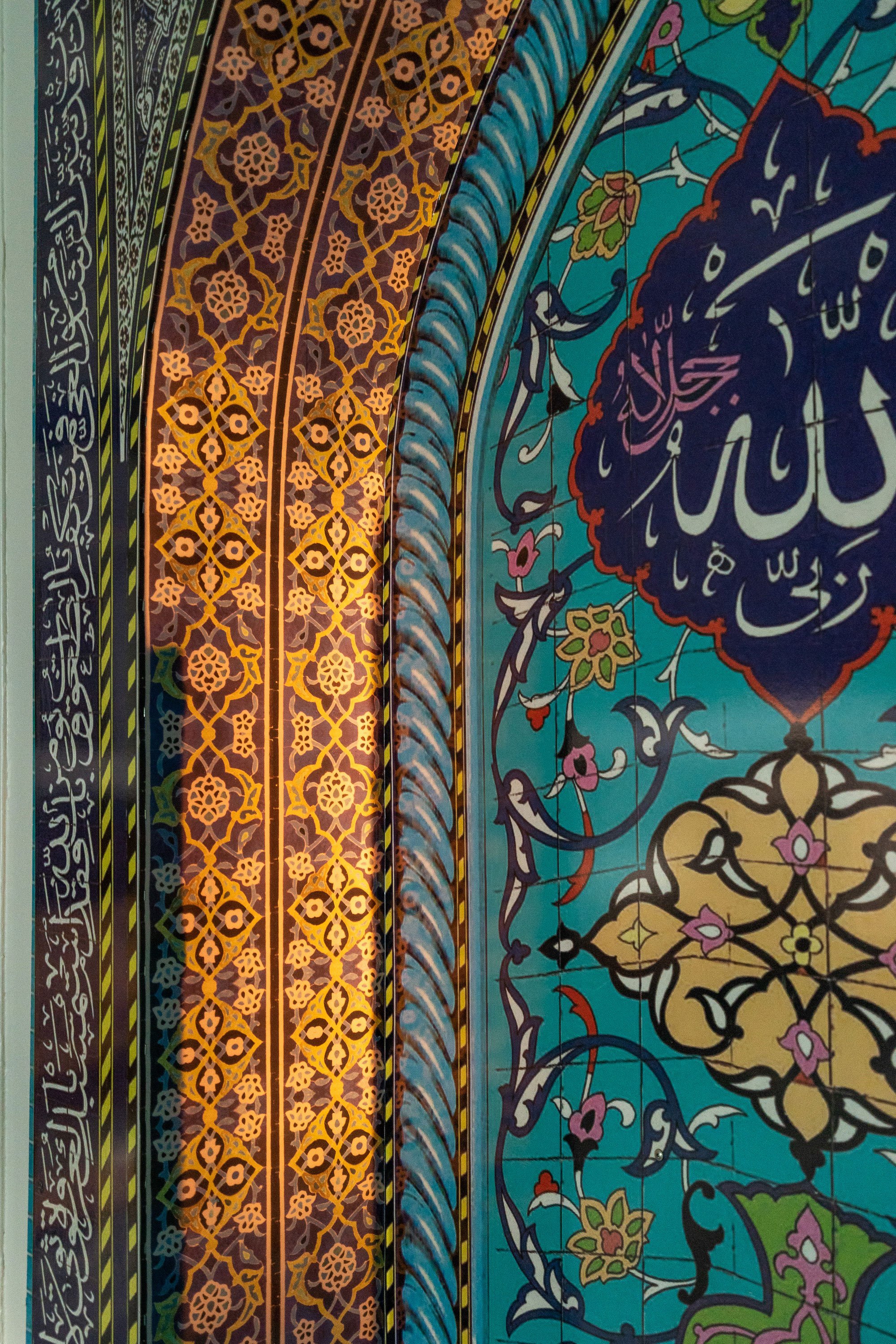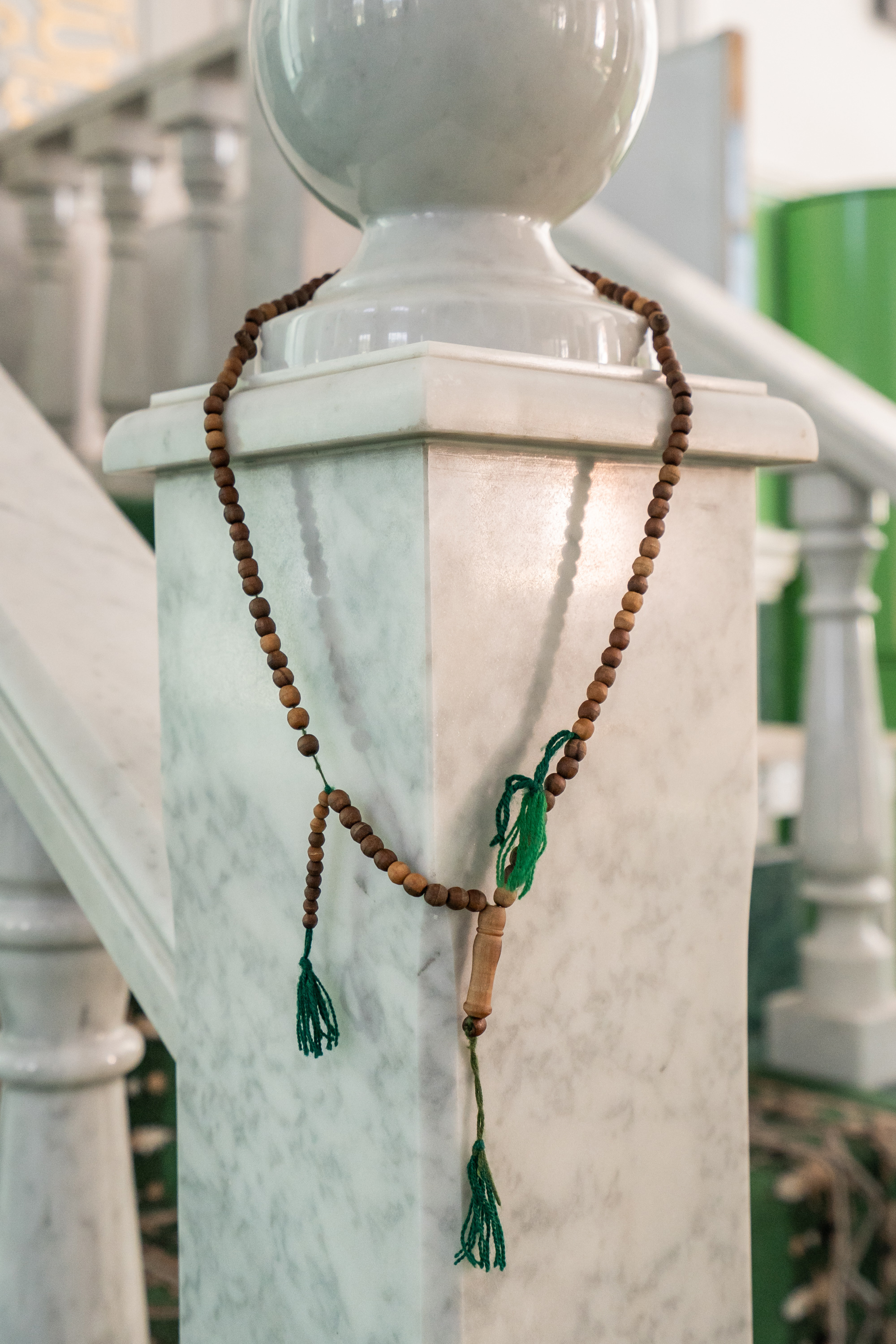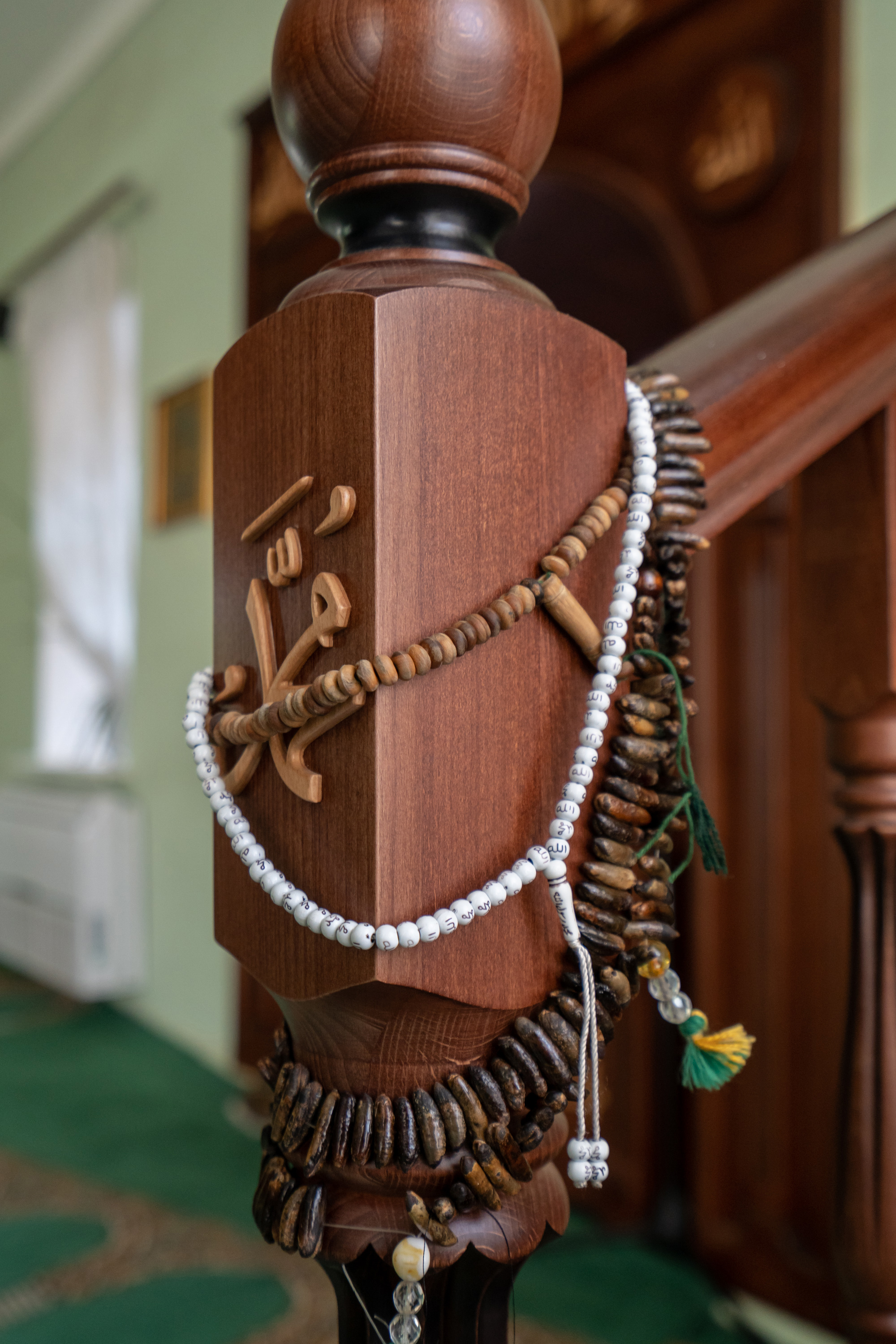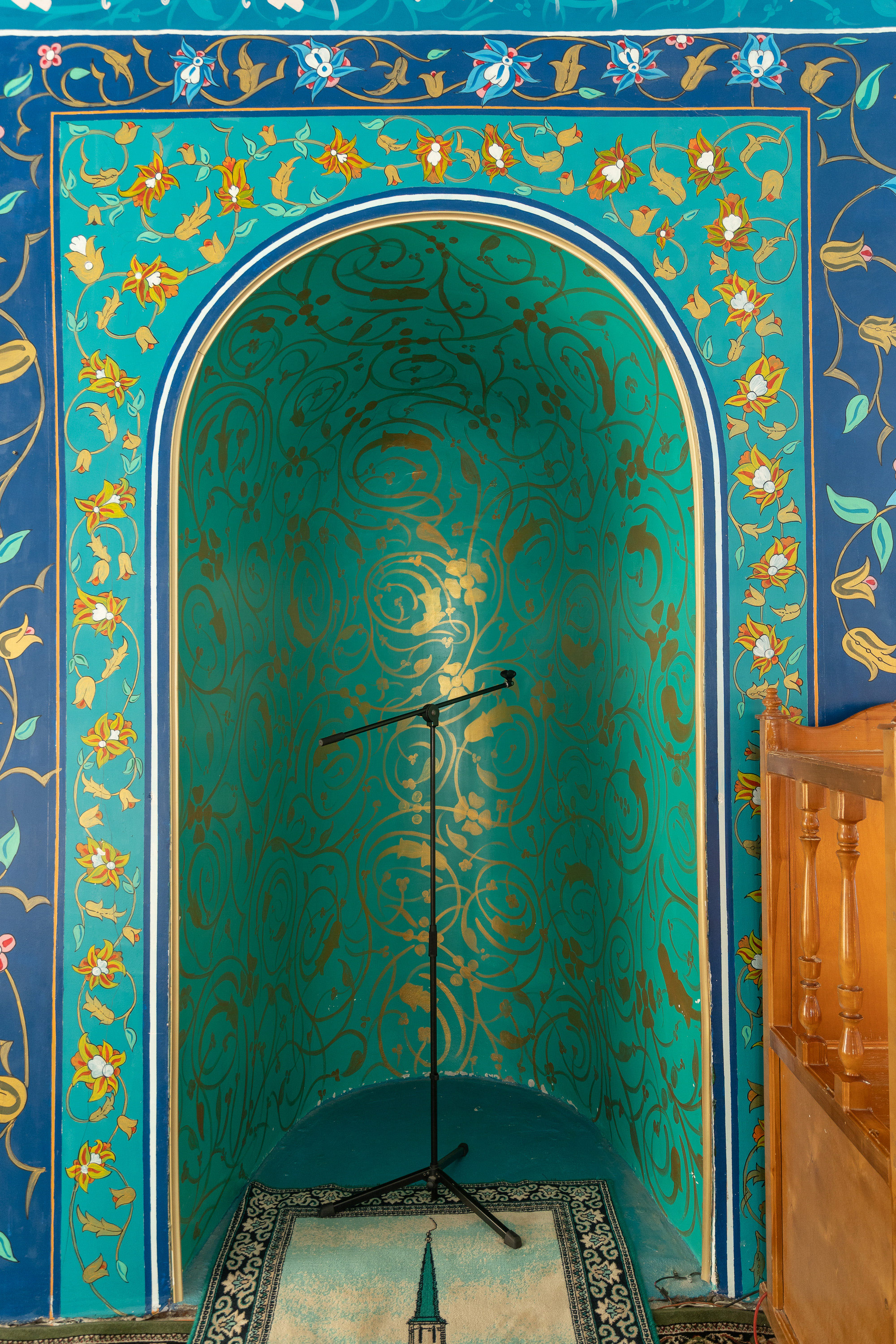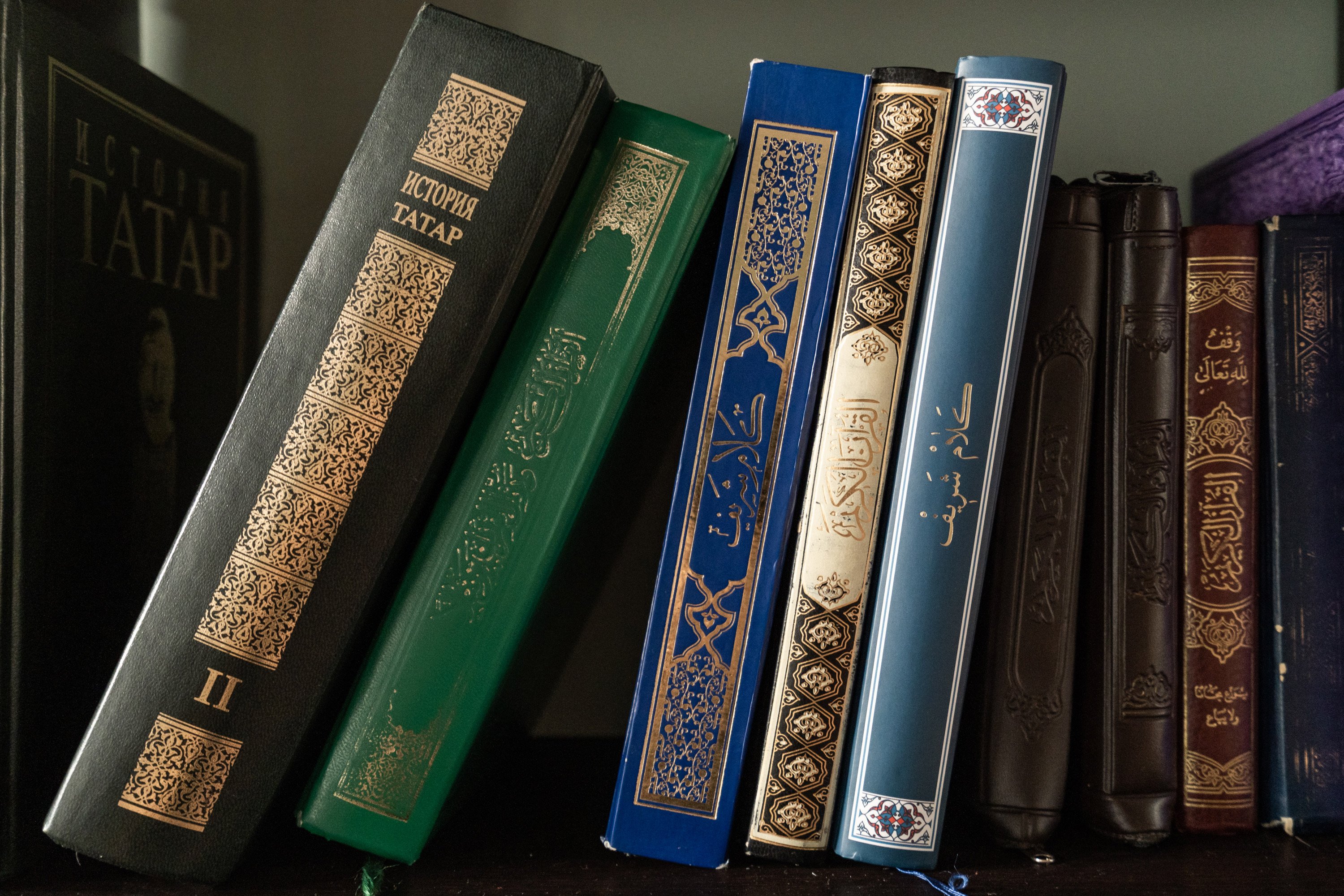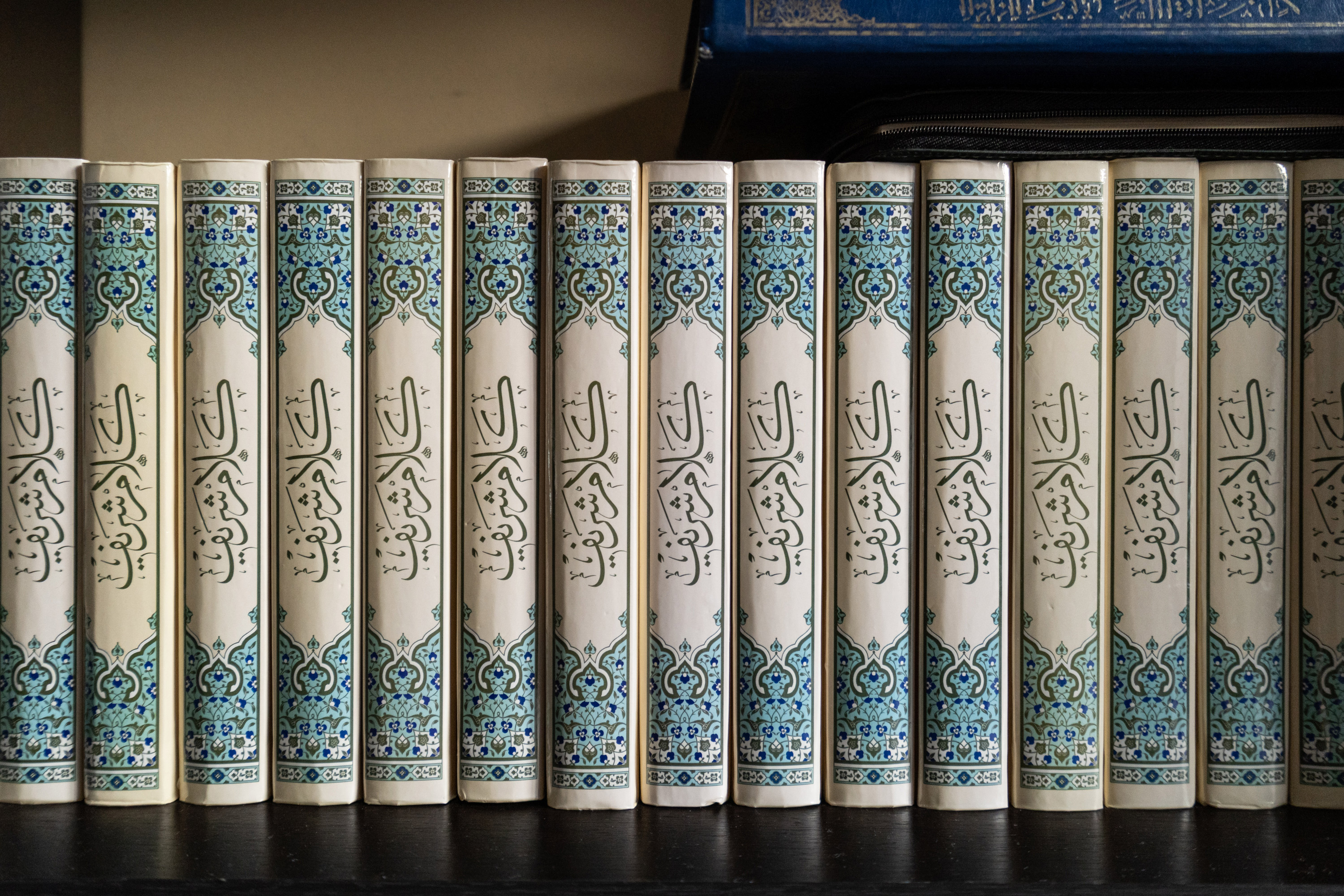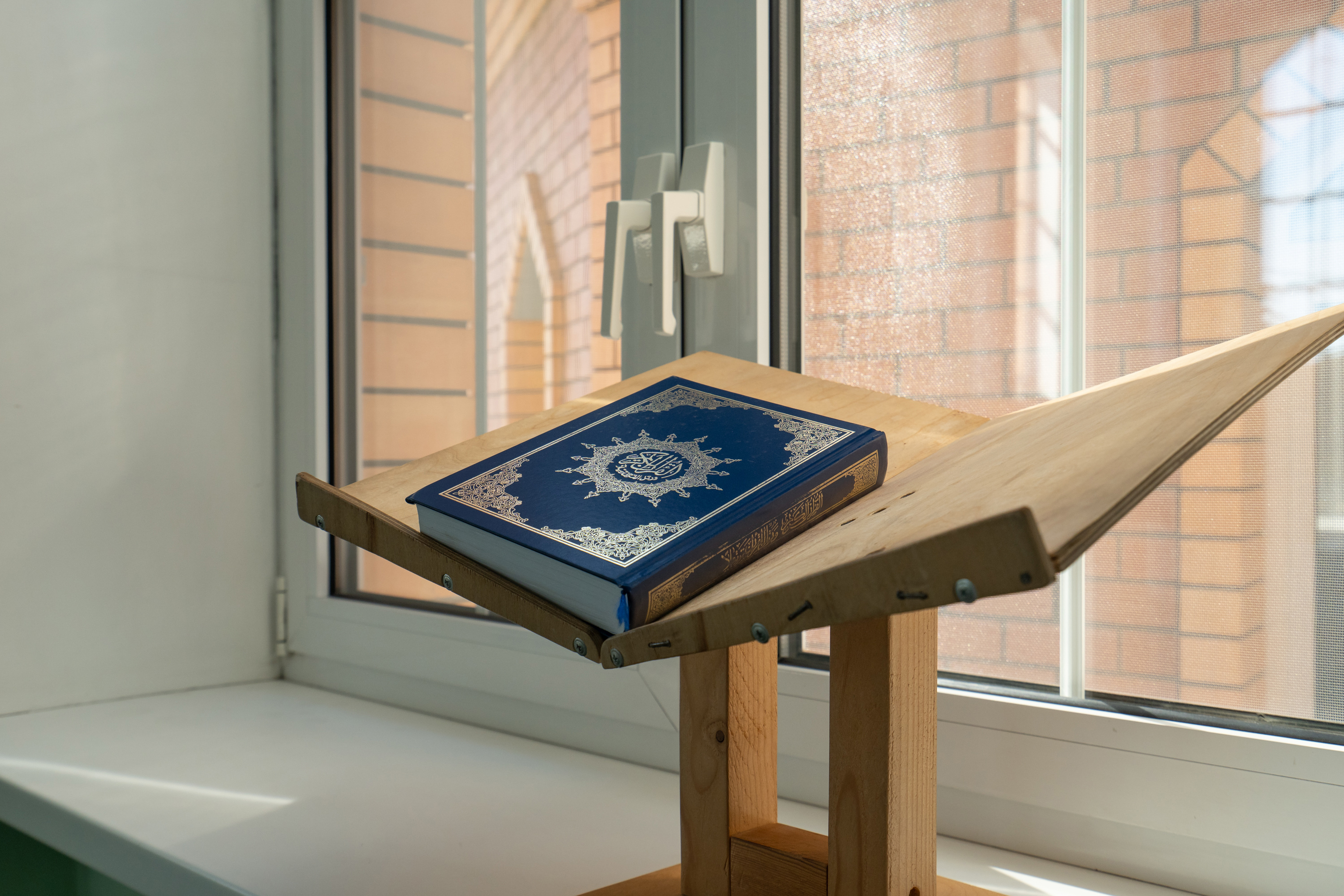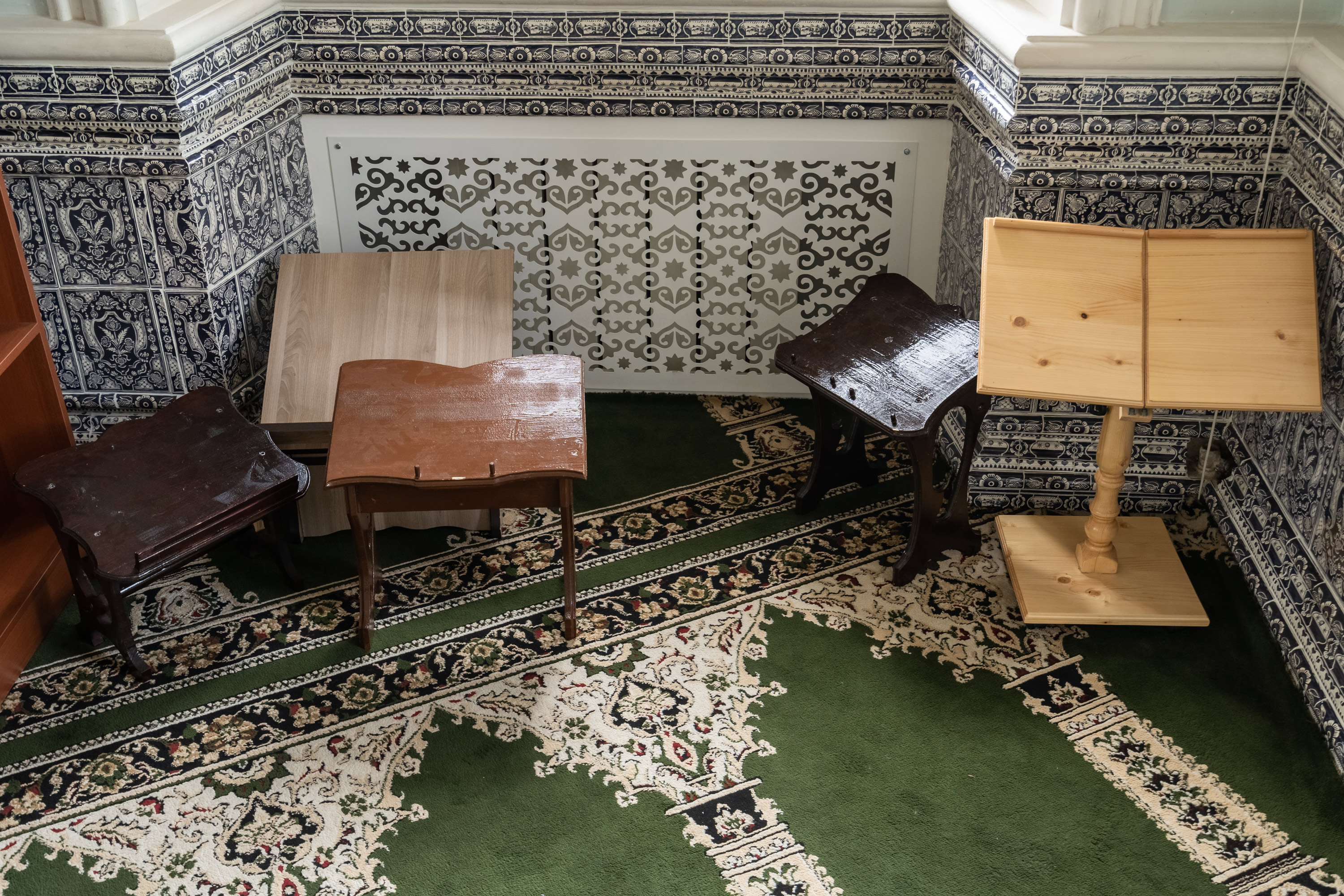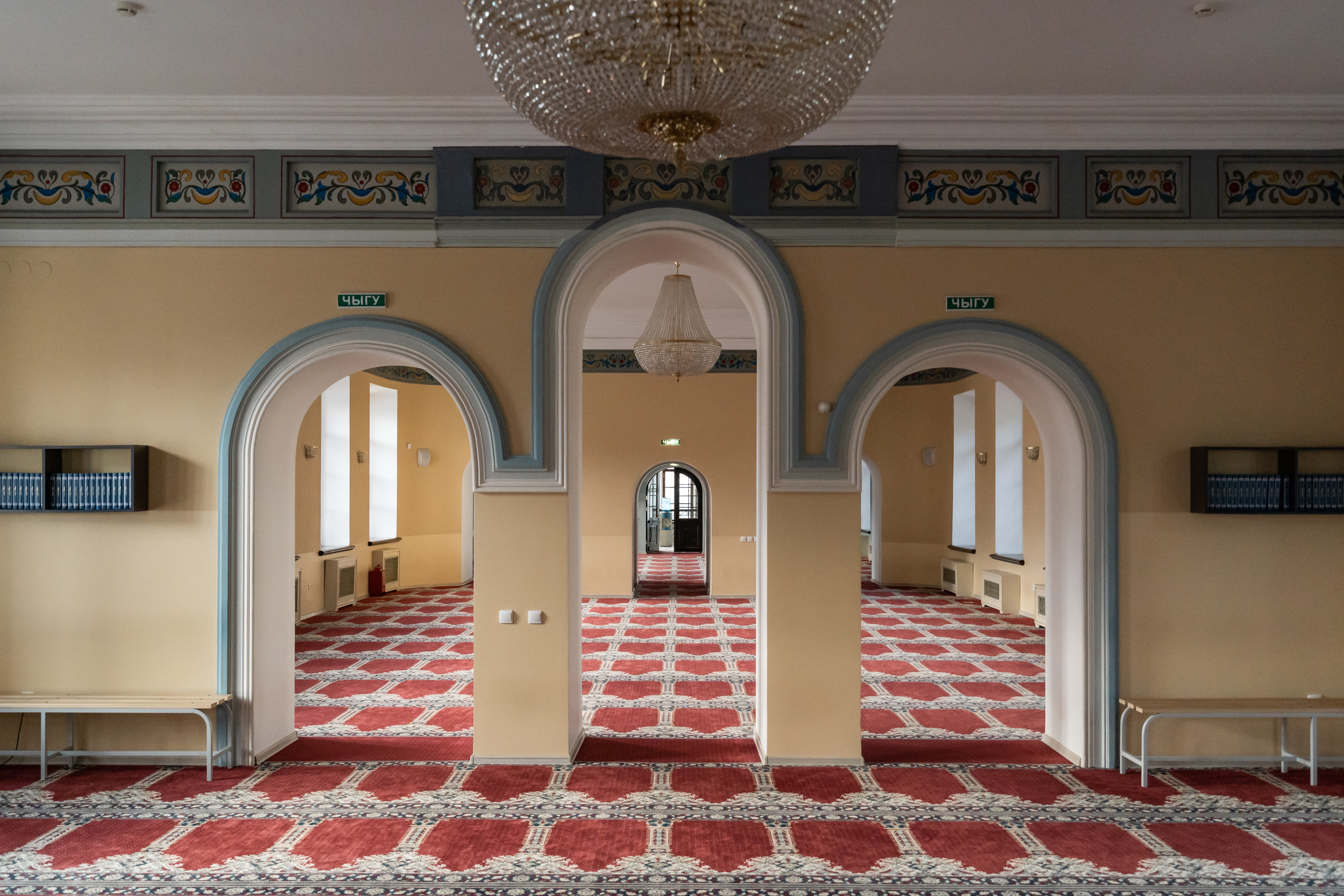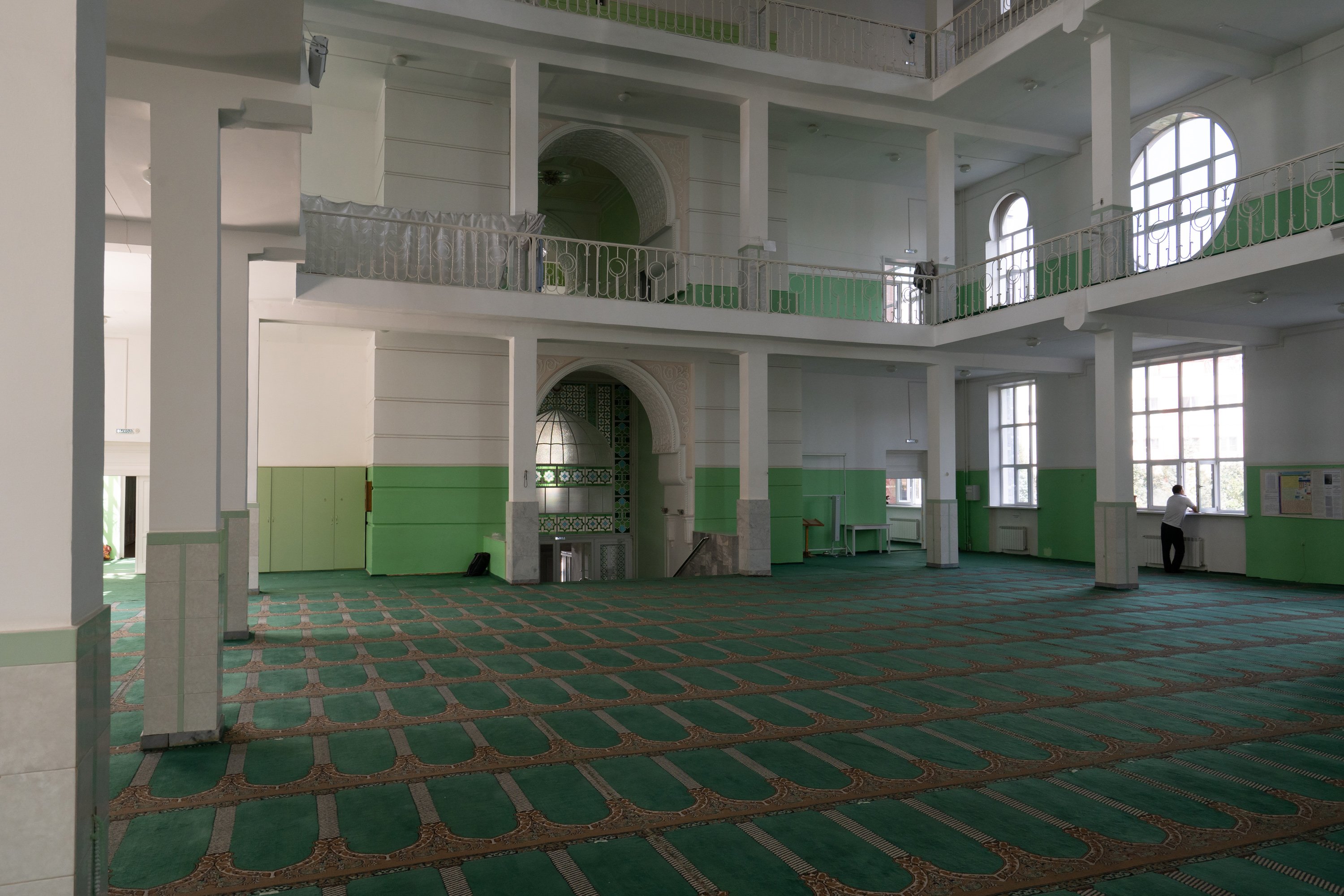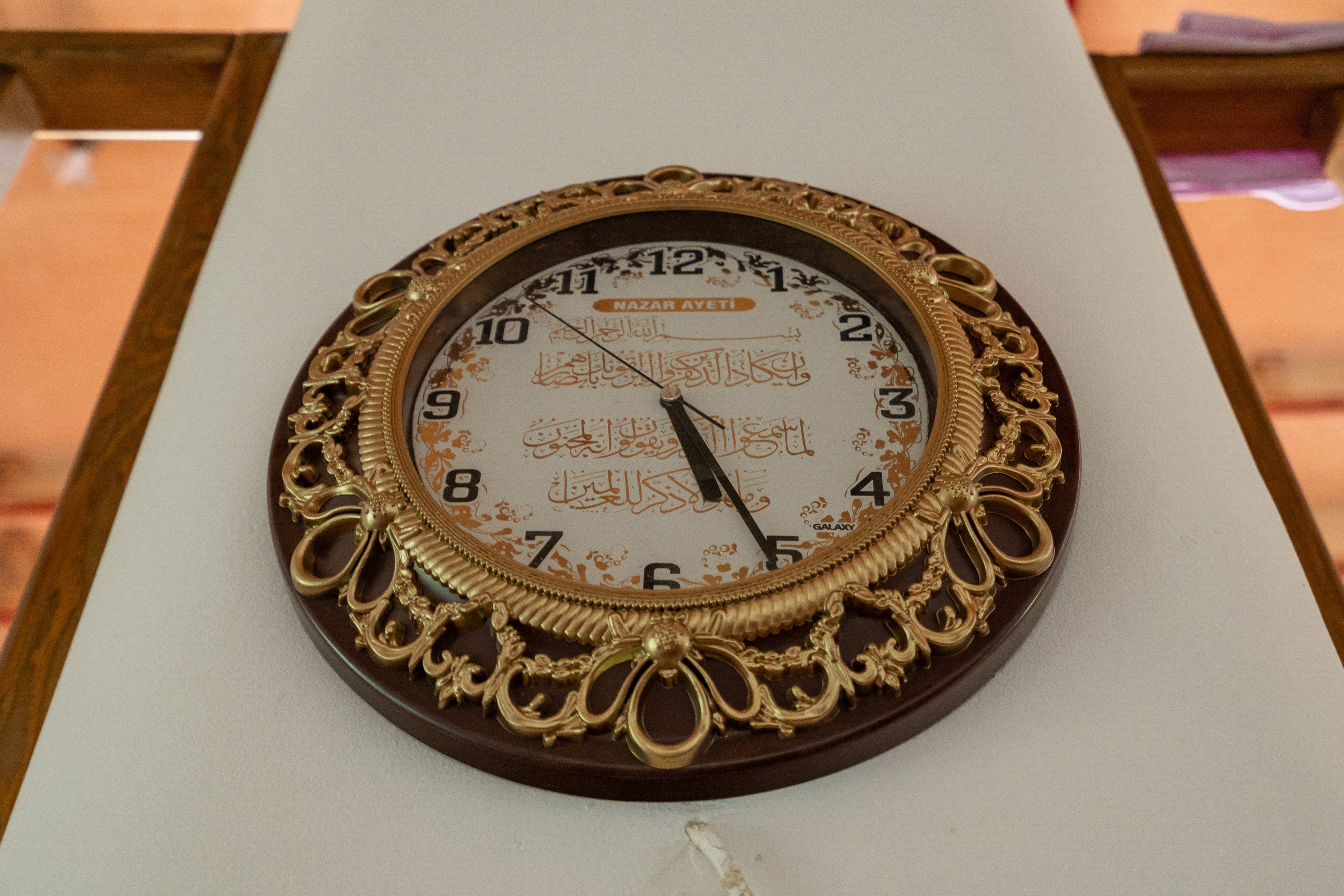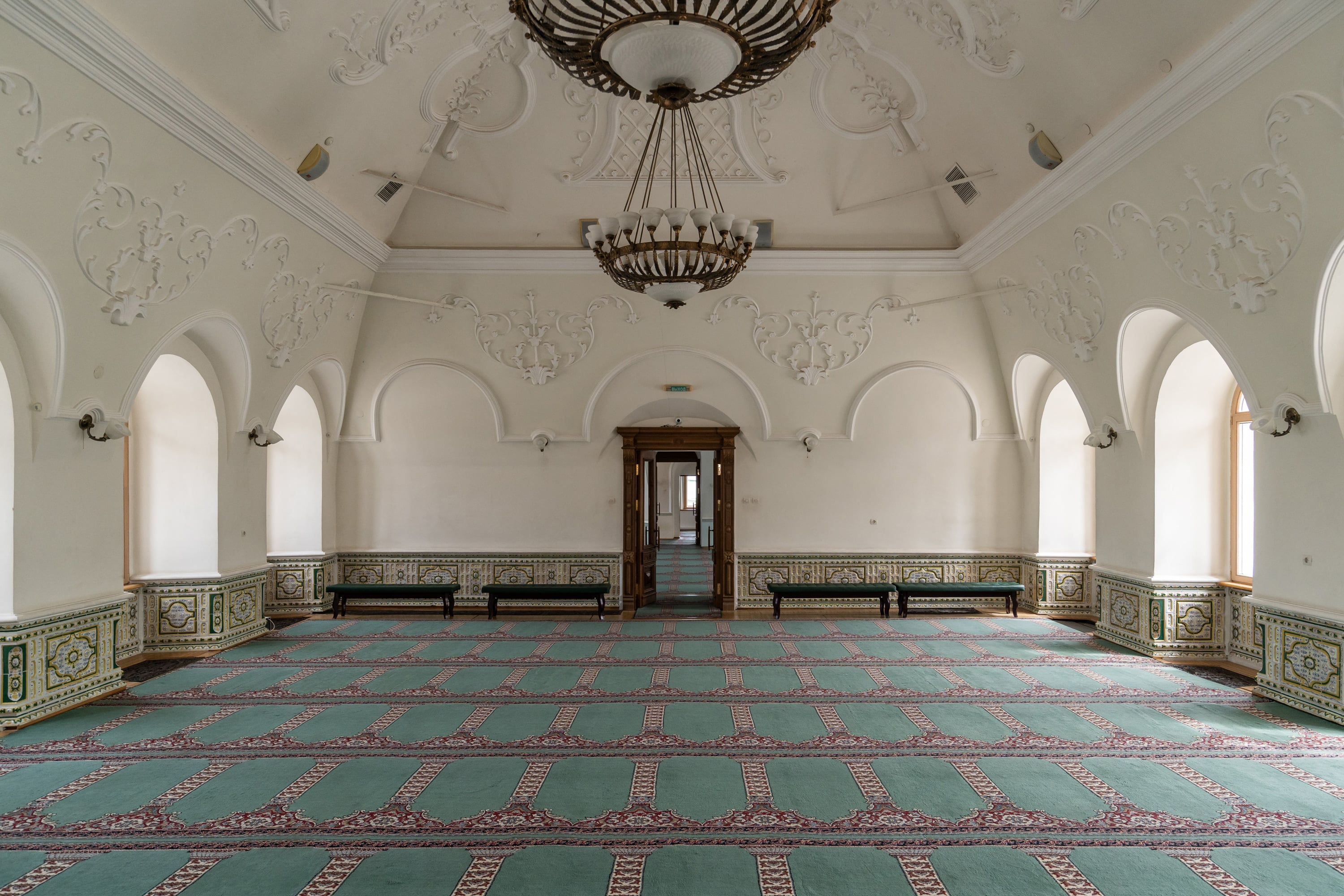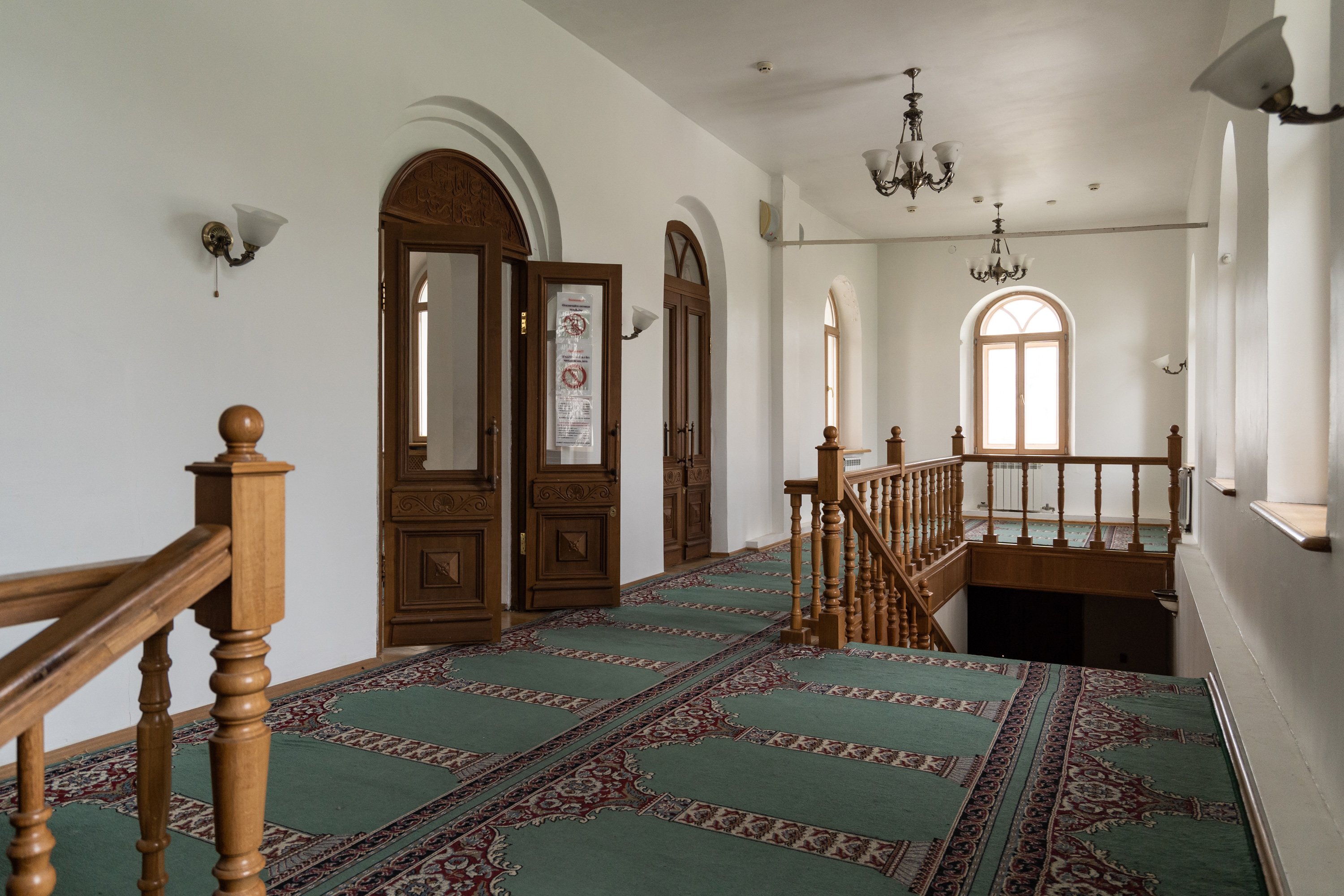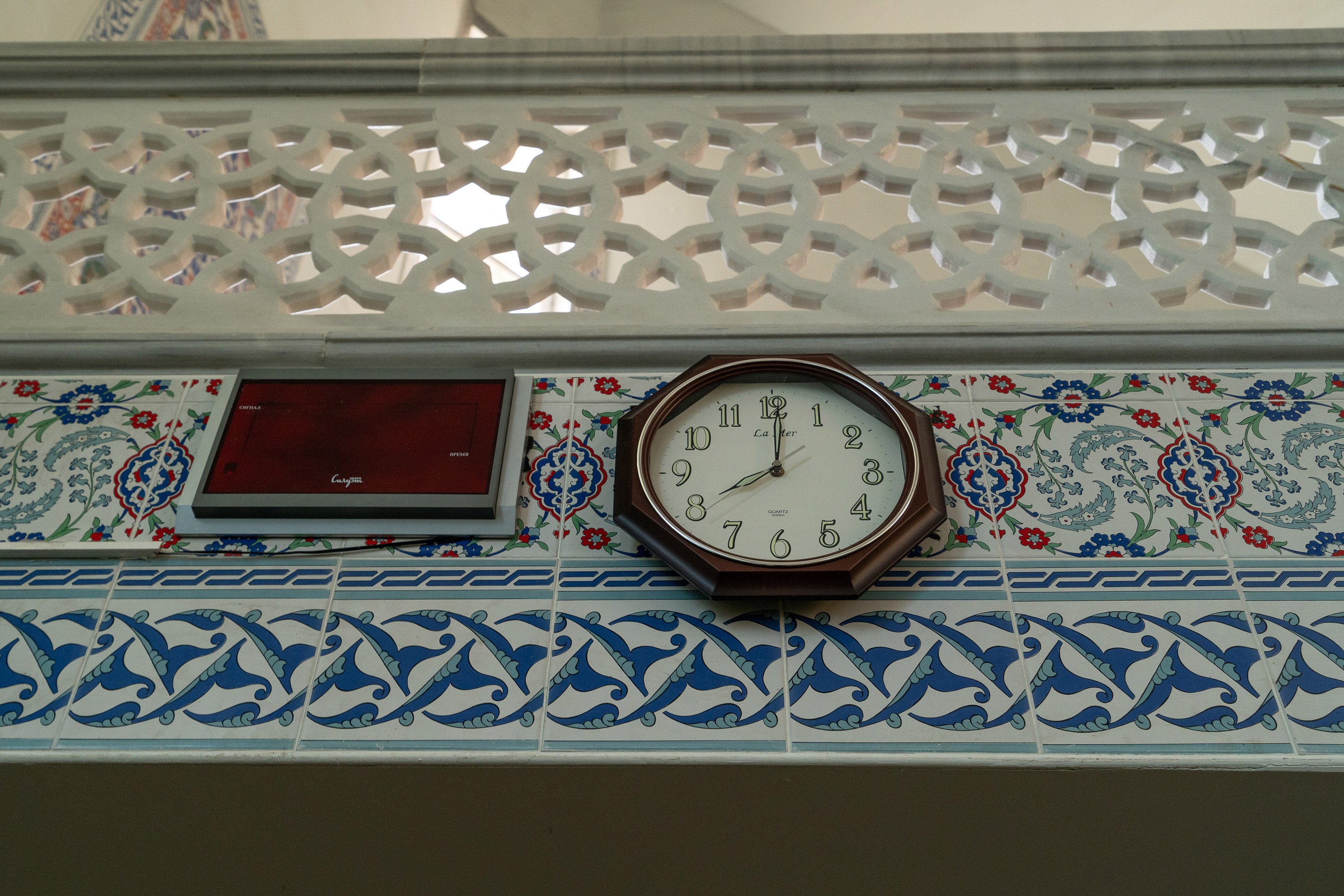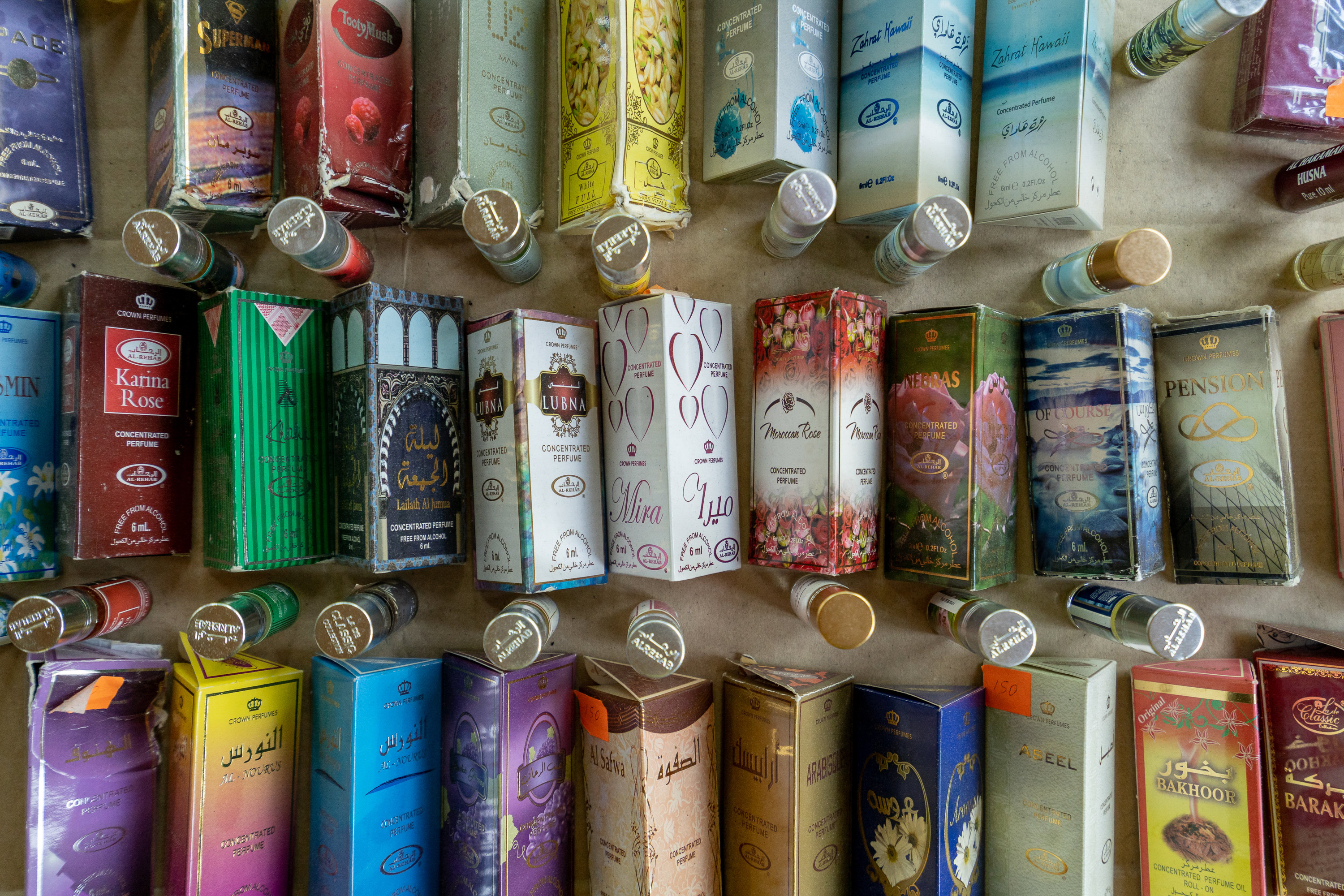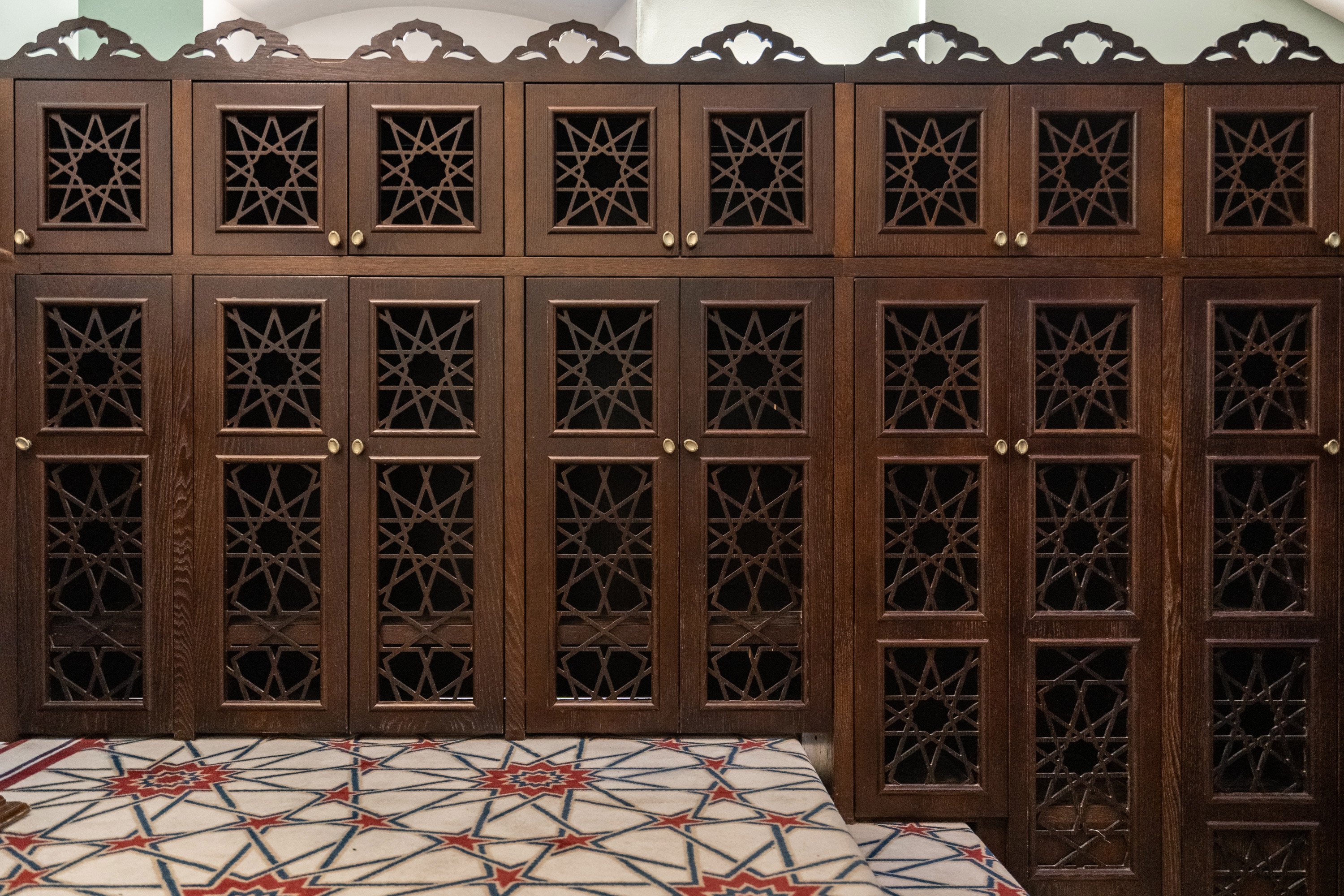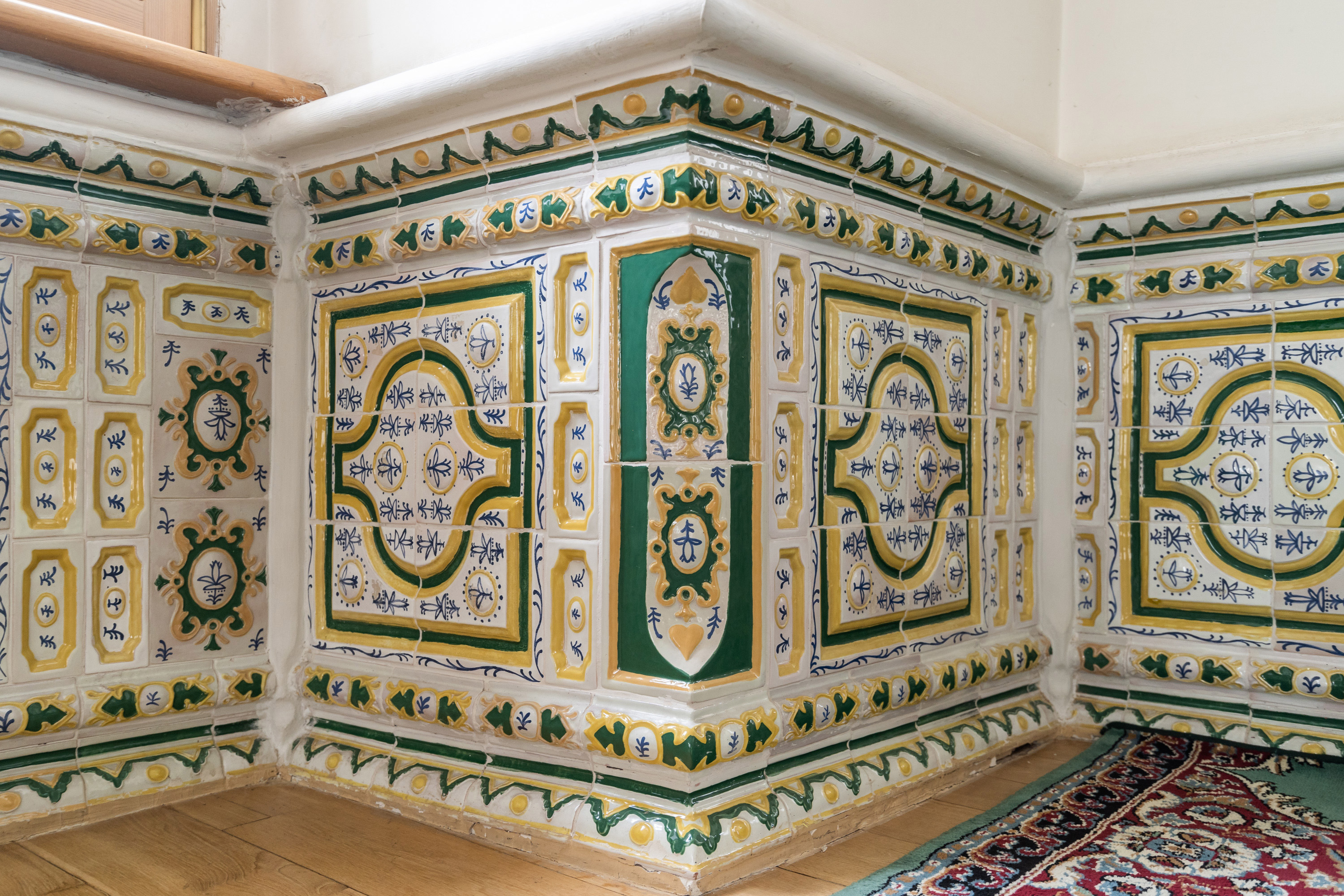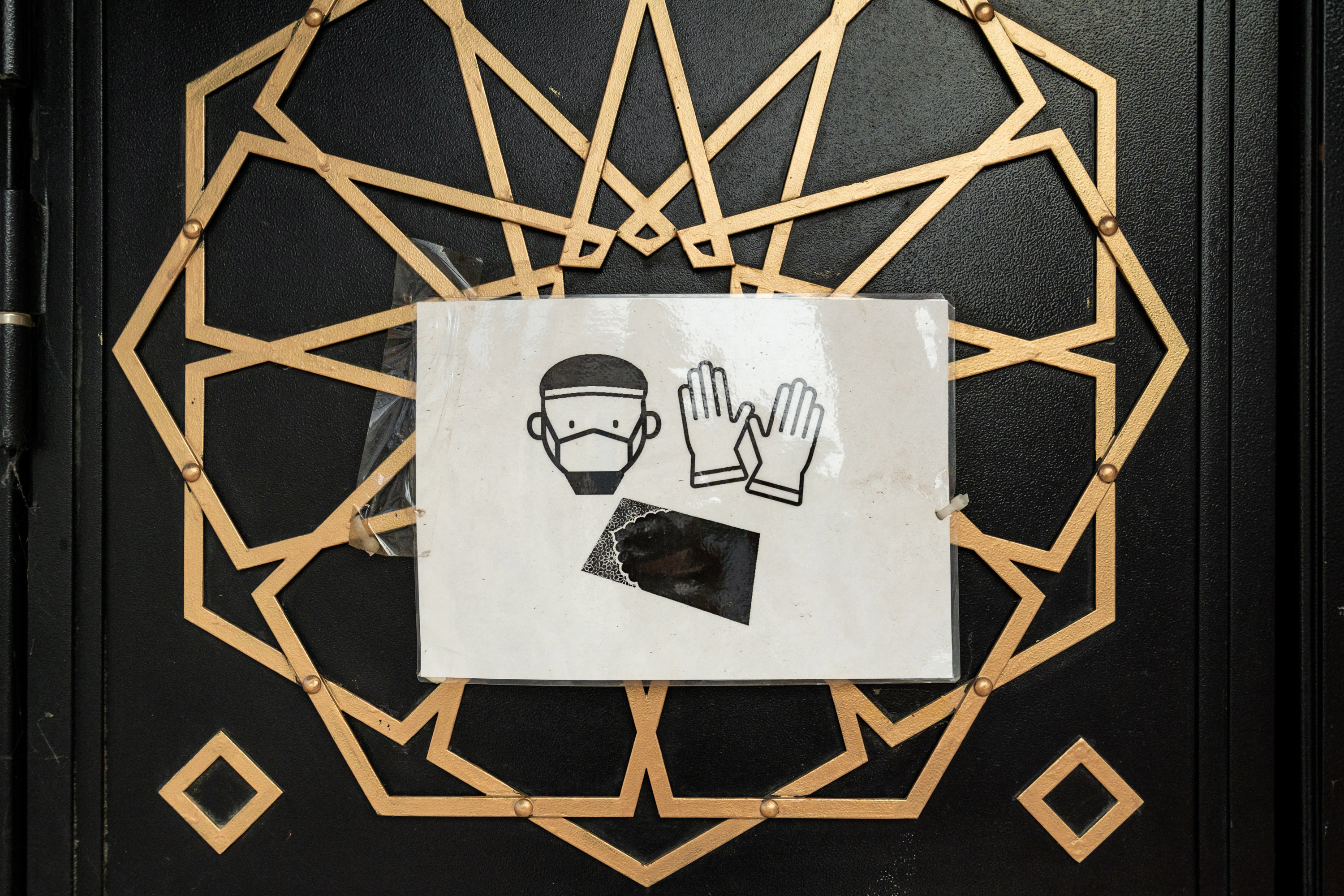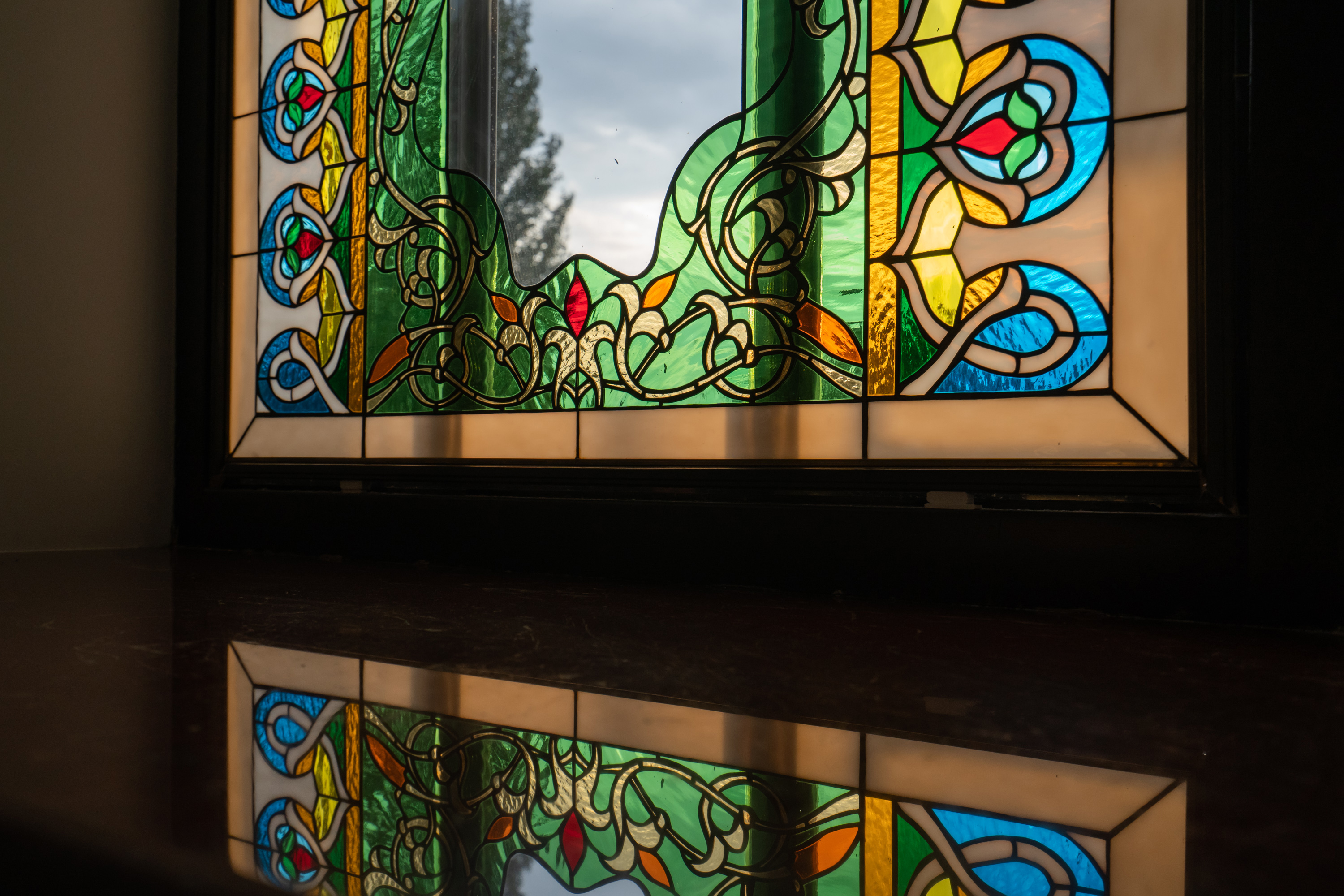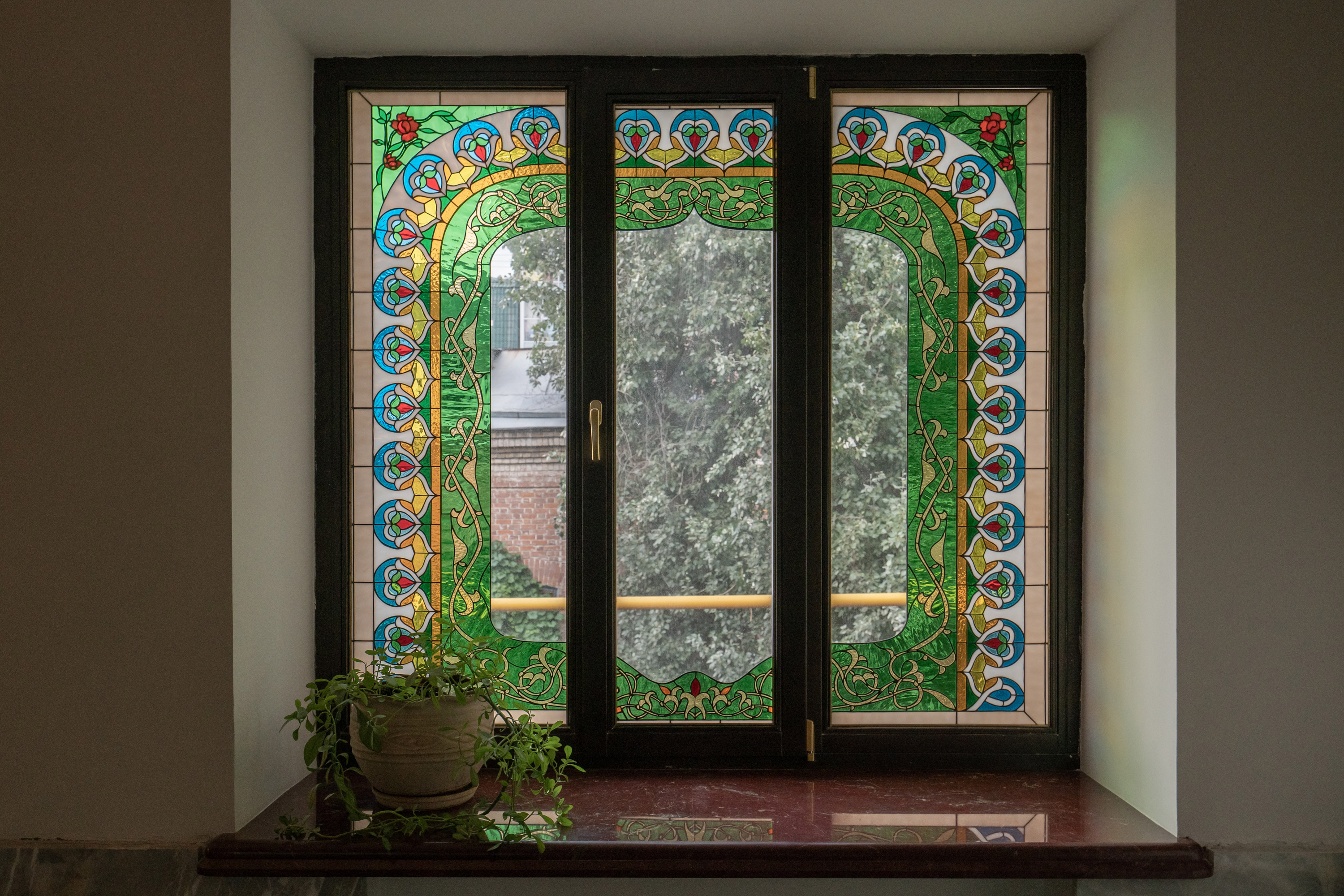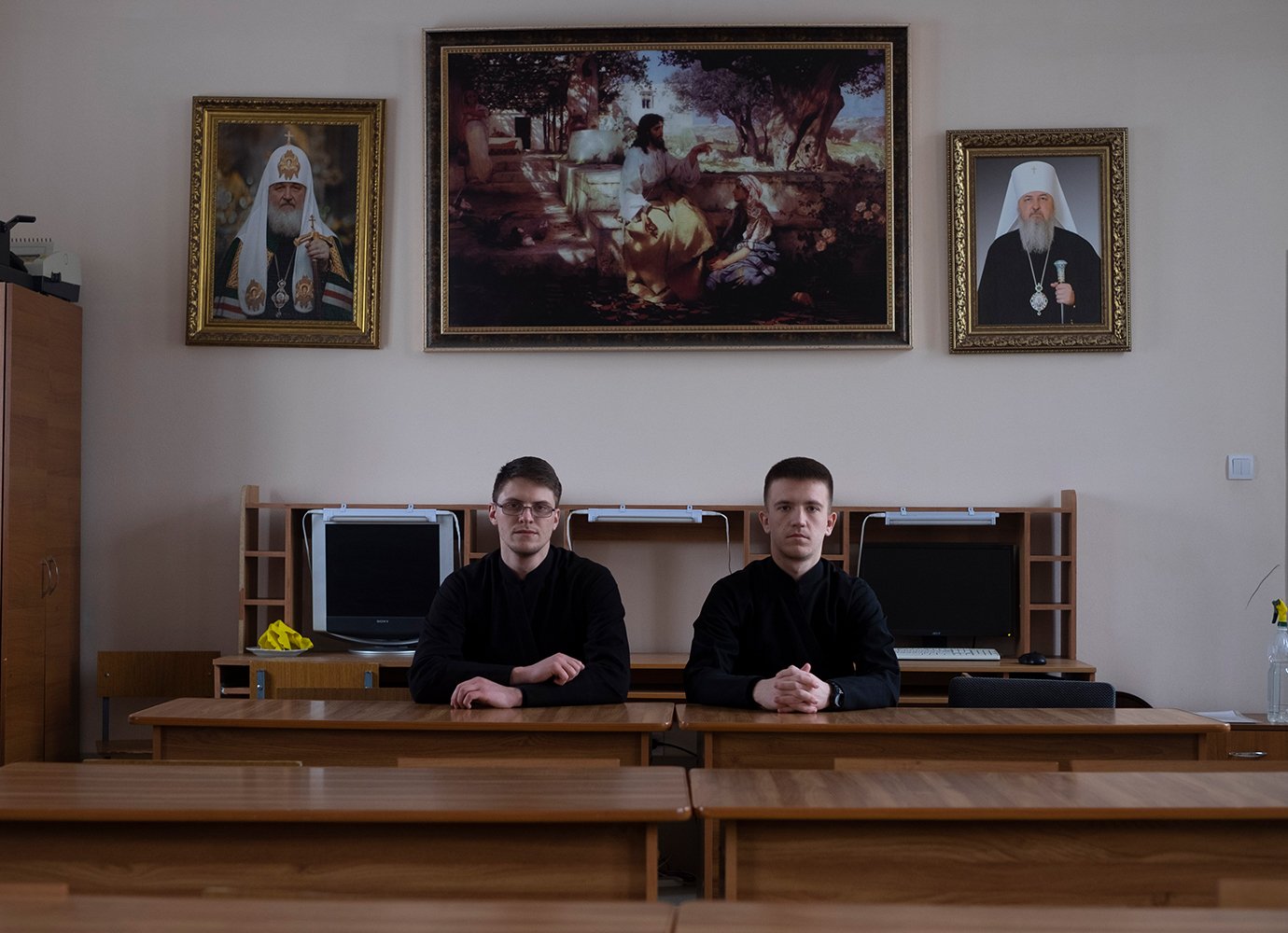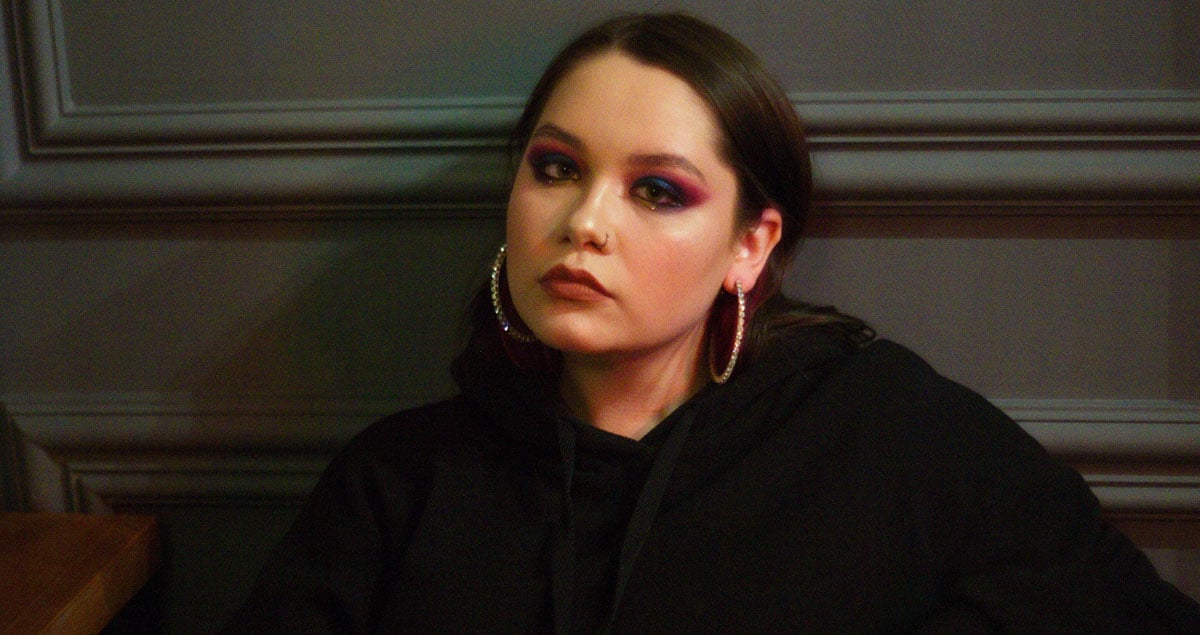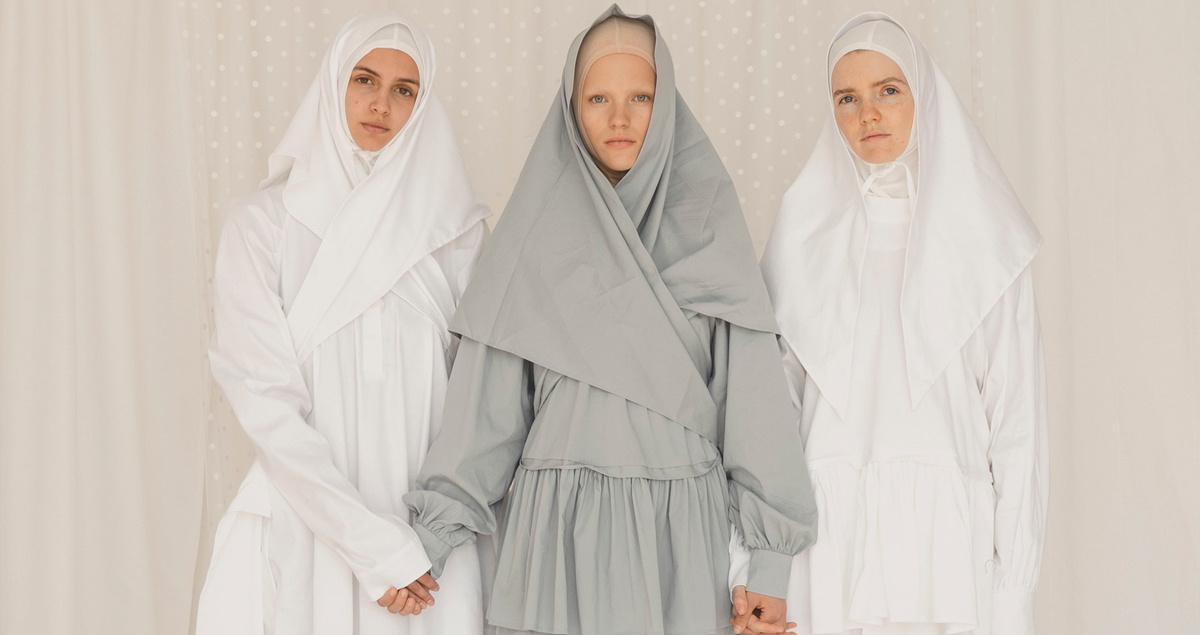The architecture of Islam in Russia
Islam is Russia’s second-largest religion. With Russian Muslims largely concentrated in the country’s southern Caucasus region or in large cities, there is often a geographical divide between Islamic and Orthodox Christian communities.
Growing up in Russia’s far northern Arkhangelsk region, photographer Anton Alimov had never encountered Islam until a study trip to Ufa, the capital of the majority-Muslim Republic of Bashkortostan in central Russia. While exploring the region’s culture, he visited a mosque for the first time, sparking further research and interest on the intersection of religion and architecture.
Gufran Mosque, Ufa
The resulting project, Do Not Enter Without Socks, documents Russia’s mosques in all their diversity. Titled after a common sign pinned on mosque noticeboards — visitors are required to remove their shoes before entering — the series tries to move beyond lavish, landmark mosques such as Kazan’s opulent Kul Sharif, and look closer at the everyday experiences of Russian Muslims.
While in Ufa, Alimov photographed an array of religious buildings: a mosque based inside a former Soviet movie theatre, a neat neoclassic building on the grounds of a Muslim cemetery, and the Ar-Rakim, Ufa’s grandest mosque-to-be, which has already been under construction for almost twenty years. The project’s oldest mosque dates back to 1830, 62 years after the Russian Empire’s first stone mosque was built in neighbouring Kazan. That mosque had been built following a special decree by Catherine the Great, as previously only wooden mosques had been allowed in Russia. Most of these wooden buildings did not survive the fires which often broke out in previous centuries, or the ire of communist officials after the revolution. In the Soviet era, both mosques and Christian churches were used as warehouses, or rebuilt for other, utilitarian purposes.
Starting out, Alimov was struck by the openness he encountered. “I expected all sorts of red tape, inquiries, bureaucracy, but it never happened – they just let me in,” he said. While Russia’s Orthodox Church can be strict on letting photographers through its door, Alimov found that imams and other mosque staff did not mind him taking shots, even during prayers. “The experience of visiting a mosque was completely different from that of going to an Orthodox or Catholic church,” Alimov remembers.
Yet it was not spirituality that lured Alimov into these buildings, but his desire to decipher the logic behind certain ideas and design features. With a background in interior and architectural photography, it was only natural for the artist to focus on the building as a manifestation of Islamic culture and lifestyle as a whole. “I used interior photography as the entrance point to the culture which was totally new for me. Basically, I turned to the tool I knew best to find direction in the unknown,” the photographer explains.
Soon enough Alimov started to notice the things which all mosques he visited had in common. While most Orthodox churches are lit with subdued candles, the mosques were lit with natural light pouring through large windows. Every corner was usually carpeted, with variations of the tree of life appearing over archways and on walls. He also noticed wall clocks and pot plants rarely found in Christian temples.
And whereas Christian Orthodox churches usually feature a grand iconostasis of painted saints and angels, mosques prohibit the depiction of humans or animals. This absence was most noticeable to Alimov in modest mosques, where the walls were often simply painted in green, the holy color of Islam.
Carpet, Kazan
The photographer used this minimalism to spotlight the individuality of worshippers. Alimov was particularly drawn to details such as prayer beads and mats, including those used by worshipers to pray outside when a mosque exceeds capacity, a common problem in Russia where mosque construction has not kept pace with the country’s expanding Muslim population, largely driven by immigration from Central Asia.
Alimov’s first day of shooting coincided with collective Eid al-Fitr prayers in Ufa, but it was only when worshippers left that Alimov felt comfortable enough to let the space speak for itself. Since then, he has always tried to visit the mosques in between prayers. “Empty mosques do not feel incomplete,” Alimov says. “Everything is in the right place.”
Praying carpet, Ufa
Limited by budget and COVID-19 regulations, Alimov has so far visited the mosques of Ufa, Kazan, Samara, and Togliatti. Nevertheless, he is planning to continue the project elsewhere, in Russia and abroad.


